Months ago, I purchased a 3D pen after my curiosity bested me. I used one in high school at our trade skill room. It was fun to use to create things for my ant formicarium. Then I started seeing YouTube videos focusing on creating sculptures. My mind went to gunpla and scale modeling applications but did not order them because I had just purchased some kits.
(I have a monthly allowance that I can use on craft supplies.)
Then it popped in my noggin again and again. Eventually, it got to the point that I conceded to my brain and went to Amazon. Admittedly, I didn’t do as much research on buying the 3D pen as I did with my other 3D printers (resin and filament).
I did read the reviews if that matters.
Looking around, I wanted something comfortable for my hands. I’m ambidextrous, so I prefer to have something comfortable with both hands. It has been brought to my attention that how I hold pens (of both the 3D printing and writing type) is odd.
After some reading, I came across the MYNT3D super 3D pen. It handles PLA and ABS with a thickness of 1.75 mm. It was around 40 bucks, not super expensive. When it arrived, it came with some sample spools of PLA. It also had a little screwdriver to change the setting between PLA and ABS. It has a USB cord you plug into the back to use. This was a little annoying to work around at first.
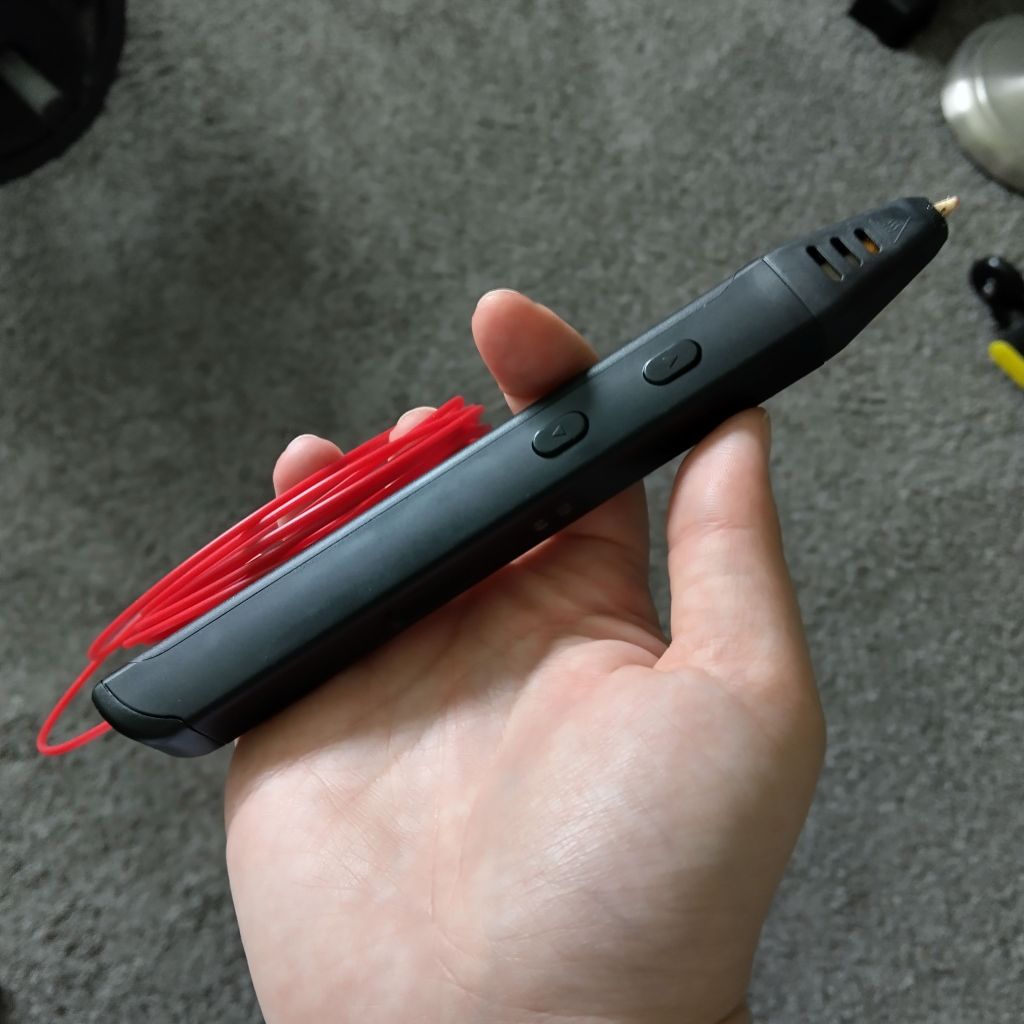
They have a professional pen version. You can view and control temperature changes. The pen also has a slimmer design. I might upgrade to that at the end of the year. The cost is only a twenty-buck difference.

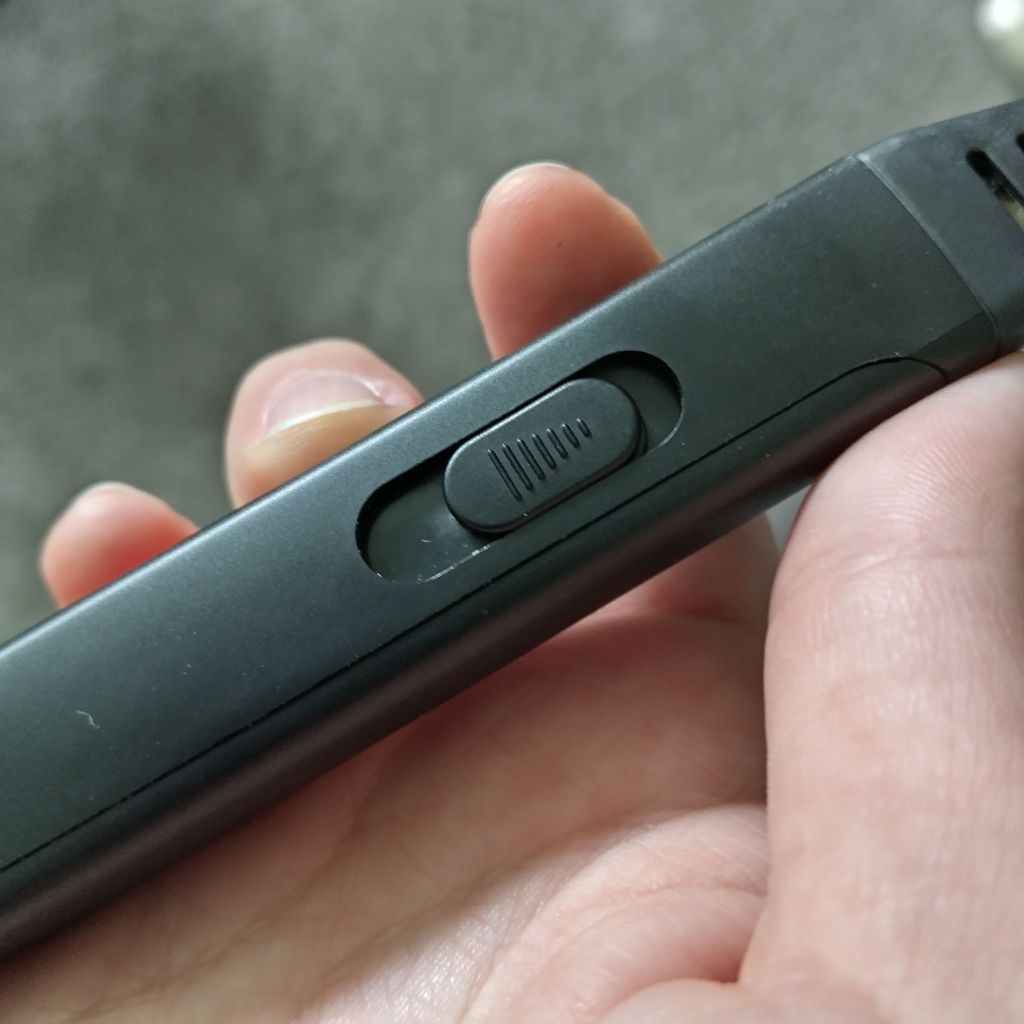
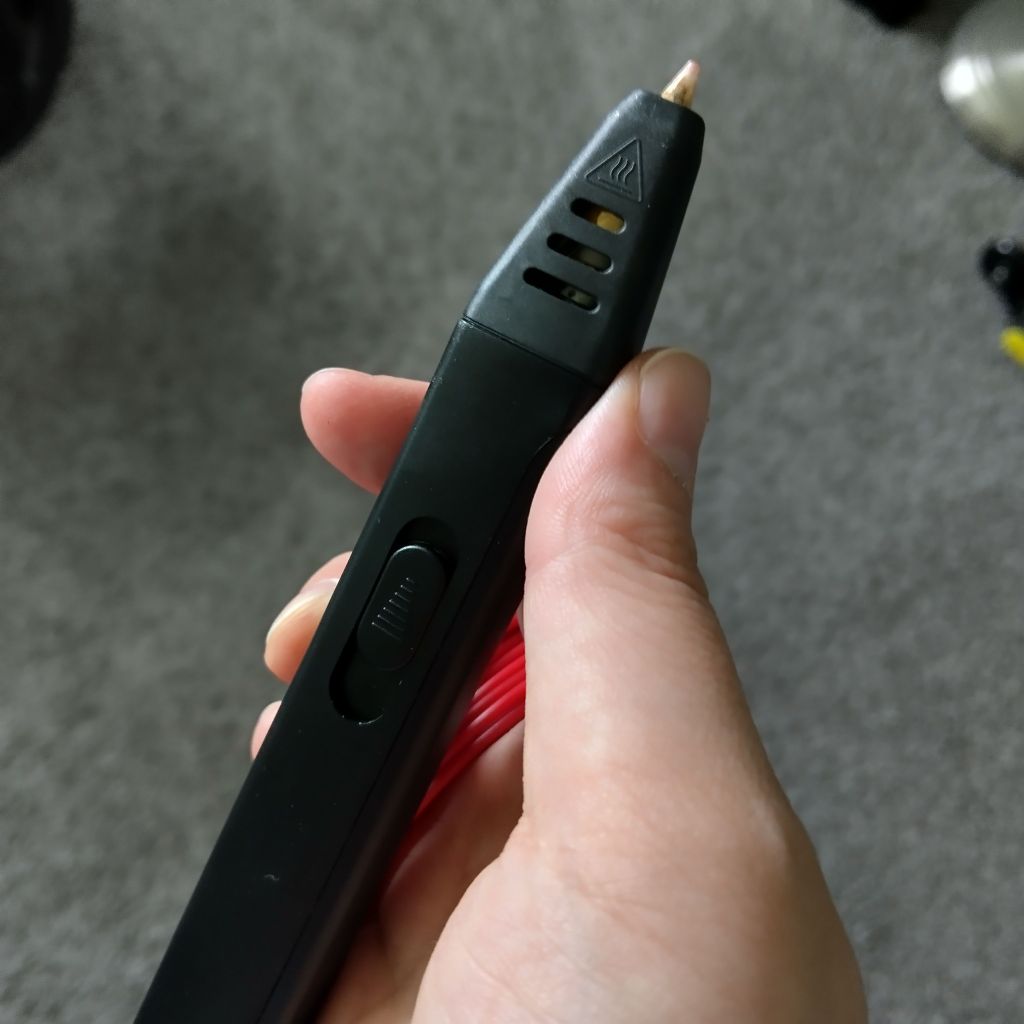
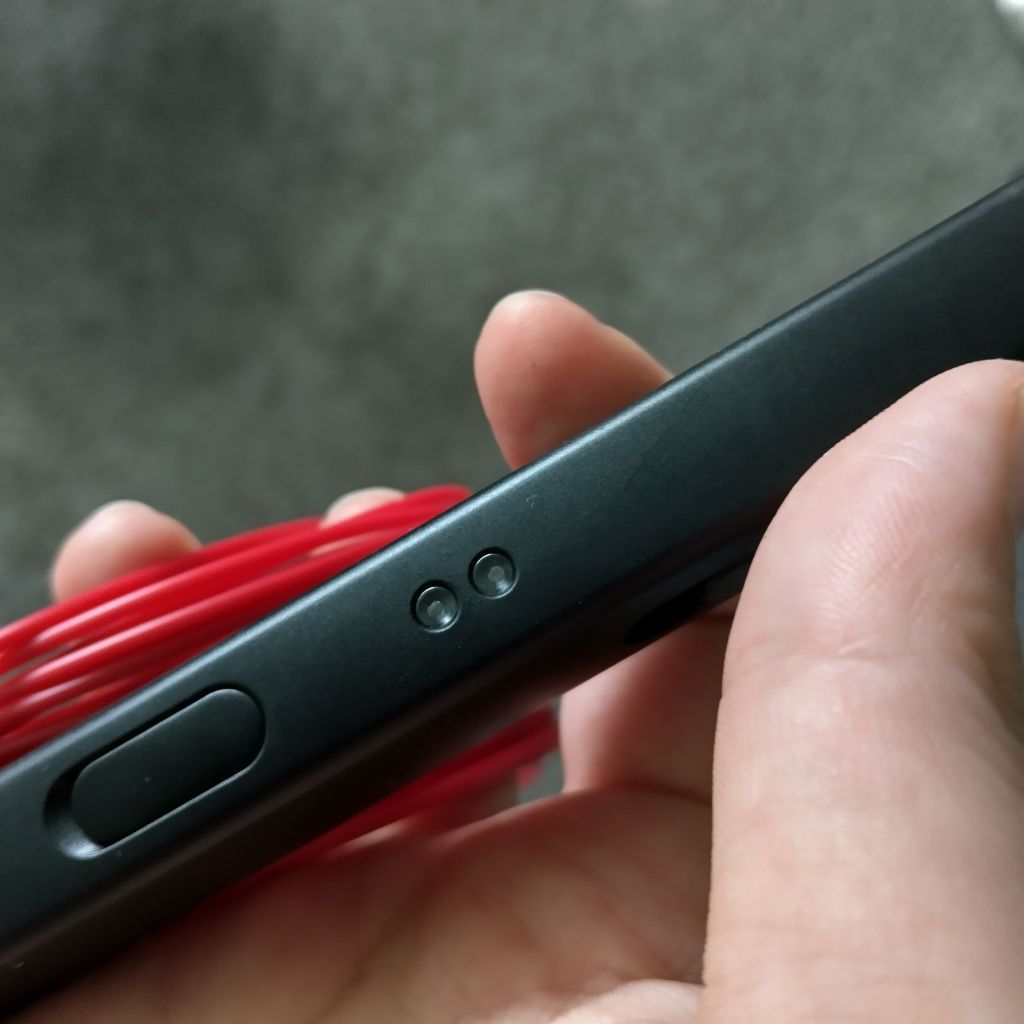
I found the MYNT3D pen to be a good pen. It has great flow control, speed button control, and replaceable nozzles. The pen was also comfortable to hold.

You can get burns from this, so be careful. It gets hot on the tip. Safe practice makes perfect. I use a heatproof silicone nonstick mat. I’ll leave it somewhere safe, like on the top of the stove or the bed of my 3D printer while it cools down. It might be extra, but better safe than sorry.
Use it in a well-ventilated area. This is still filament. It produces smells and fumes.
I was genuinely happy with the result I got. Is it as cleanly printed as an Elegoo Neptune? No. It will take time and practice to get results. There are ways to smooth prints, but that wasn’t a concern. I wanted the textures it brought, or covered parts with glue to make it goopy. You can buy mats that have shapes on them to draw specific things. I got a piece of cardboard and covered it with masking tape to use as a base. Then I pop it off once cooled.
The first few builds that I started to use it on were some of my Prisma world-building projects, or the goopy builds. I wanted something that would allow me to get better forms. More abstract and alien.
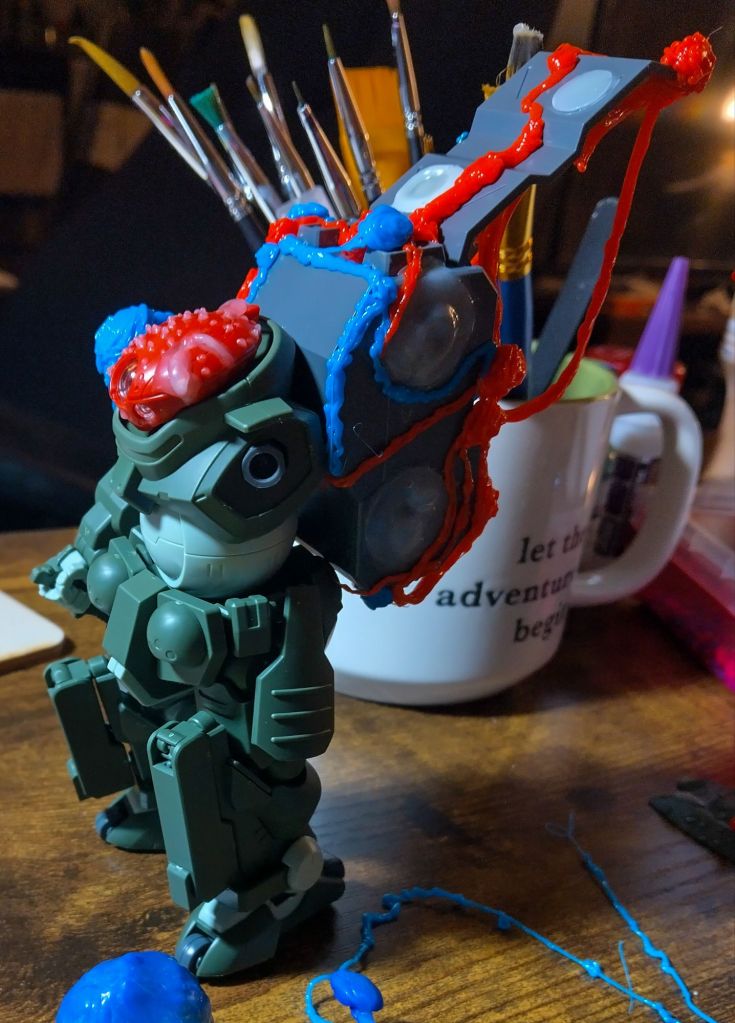
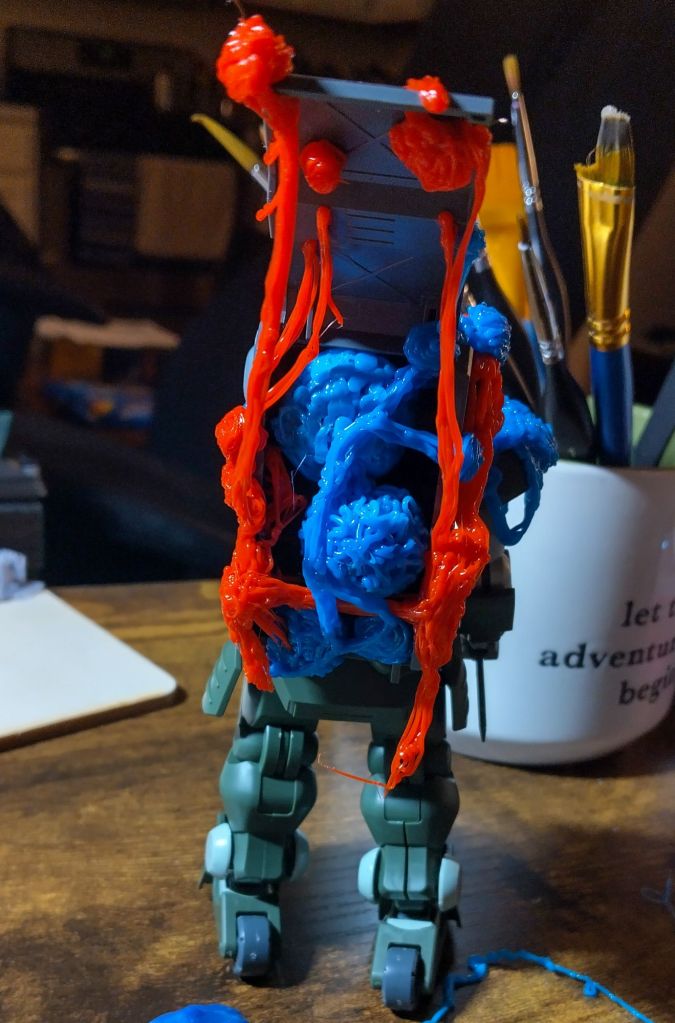
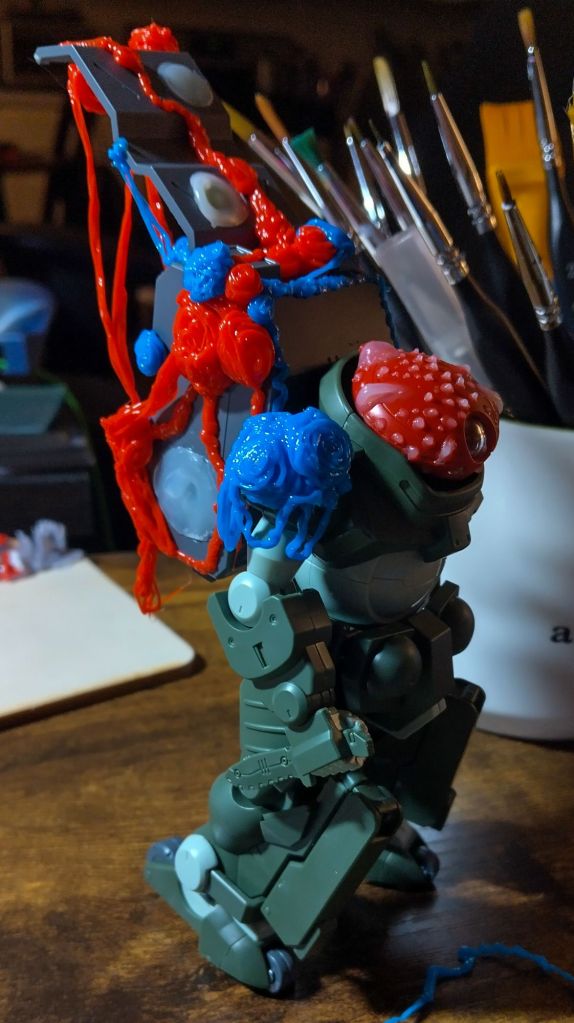
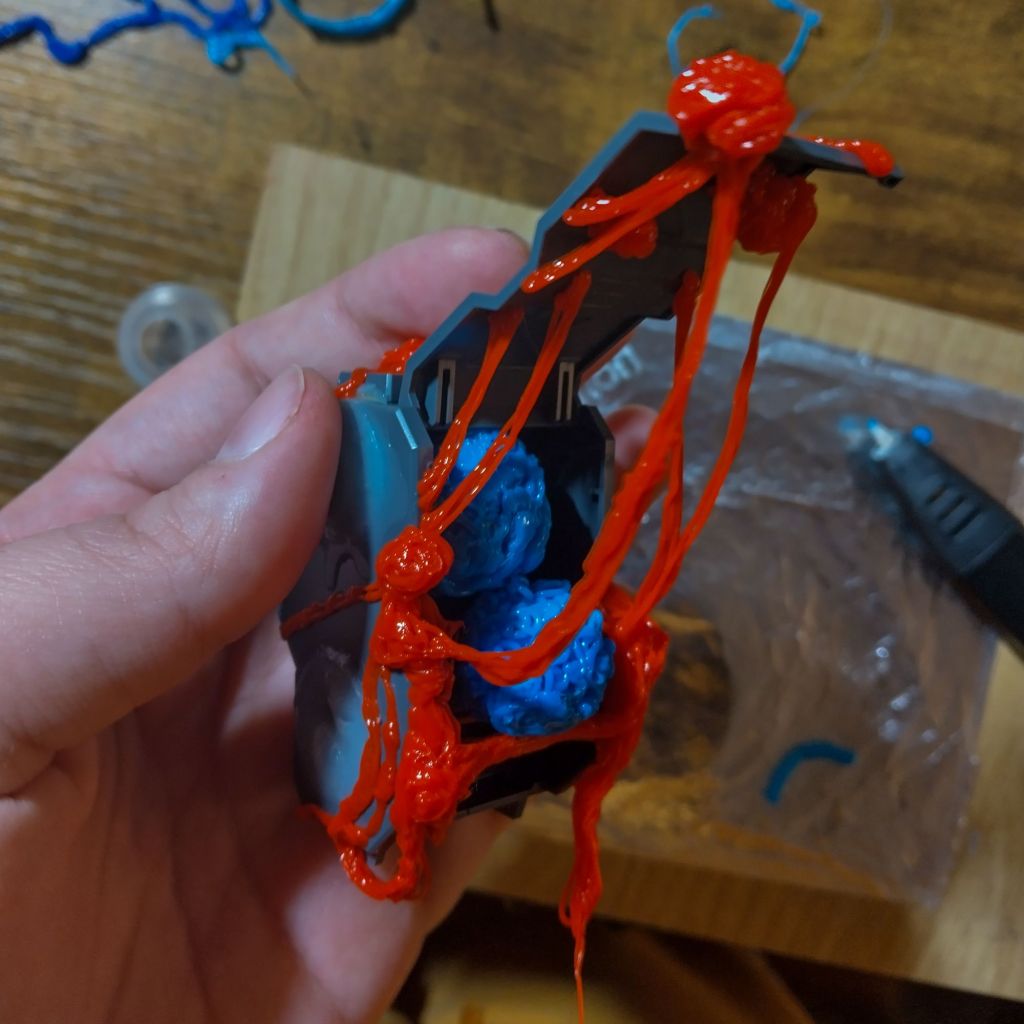
I used the sample filament on this project. It stuck to the kit pretty well. The nozzle can melt the parts if it bumps into it.
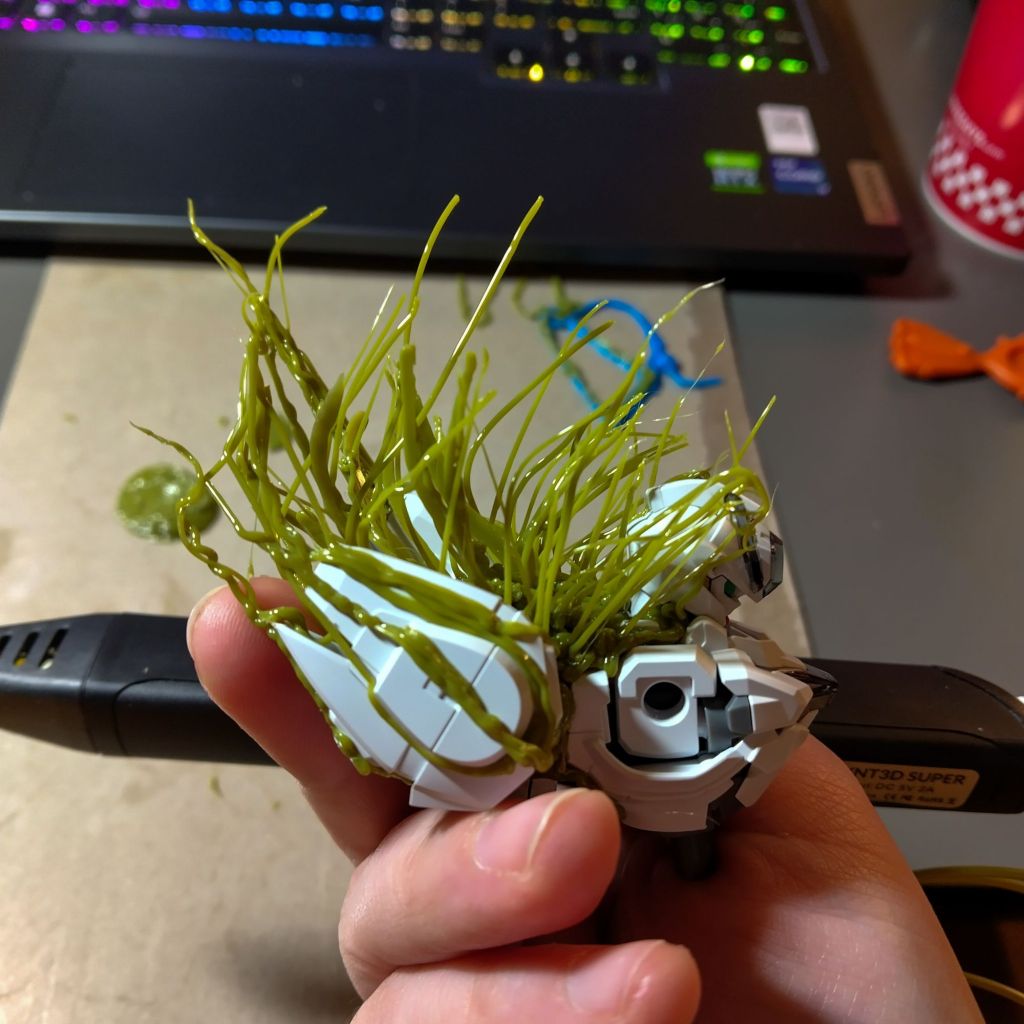

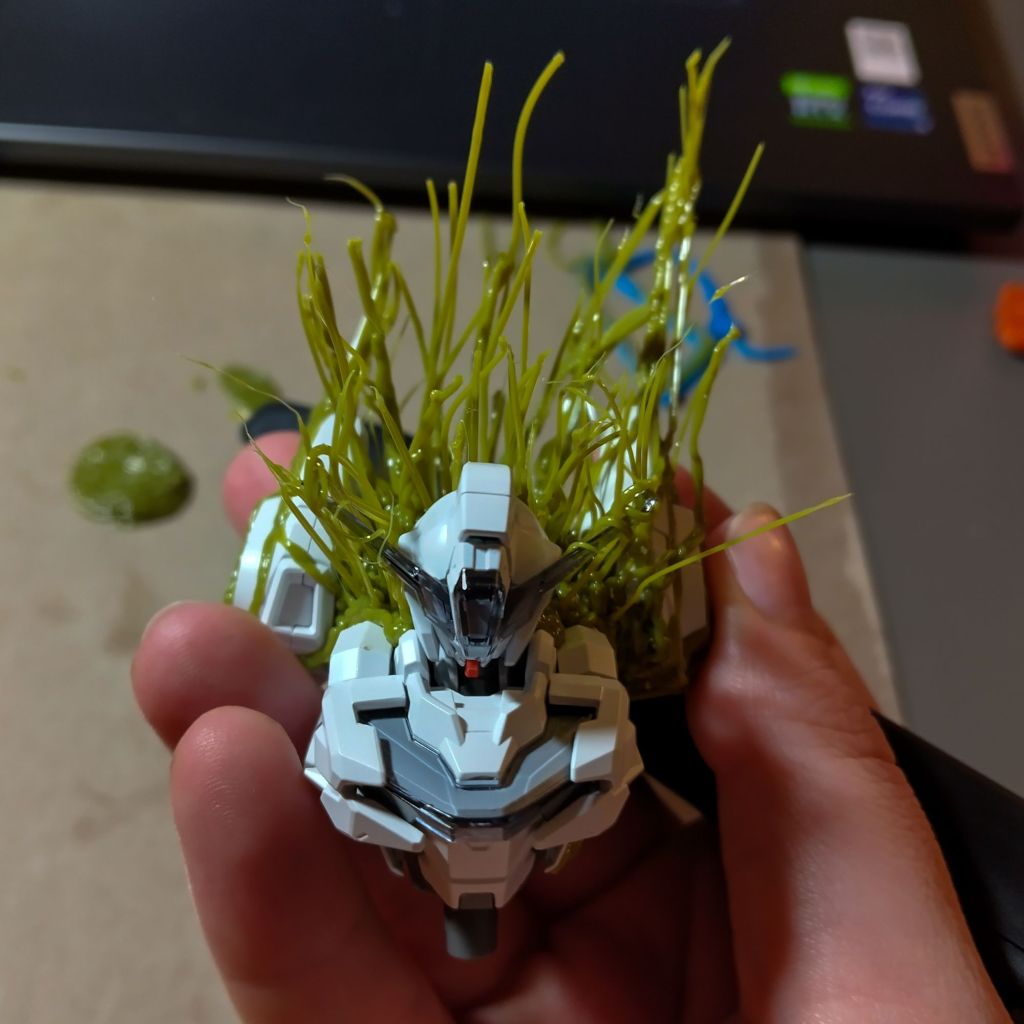
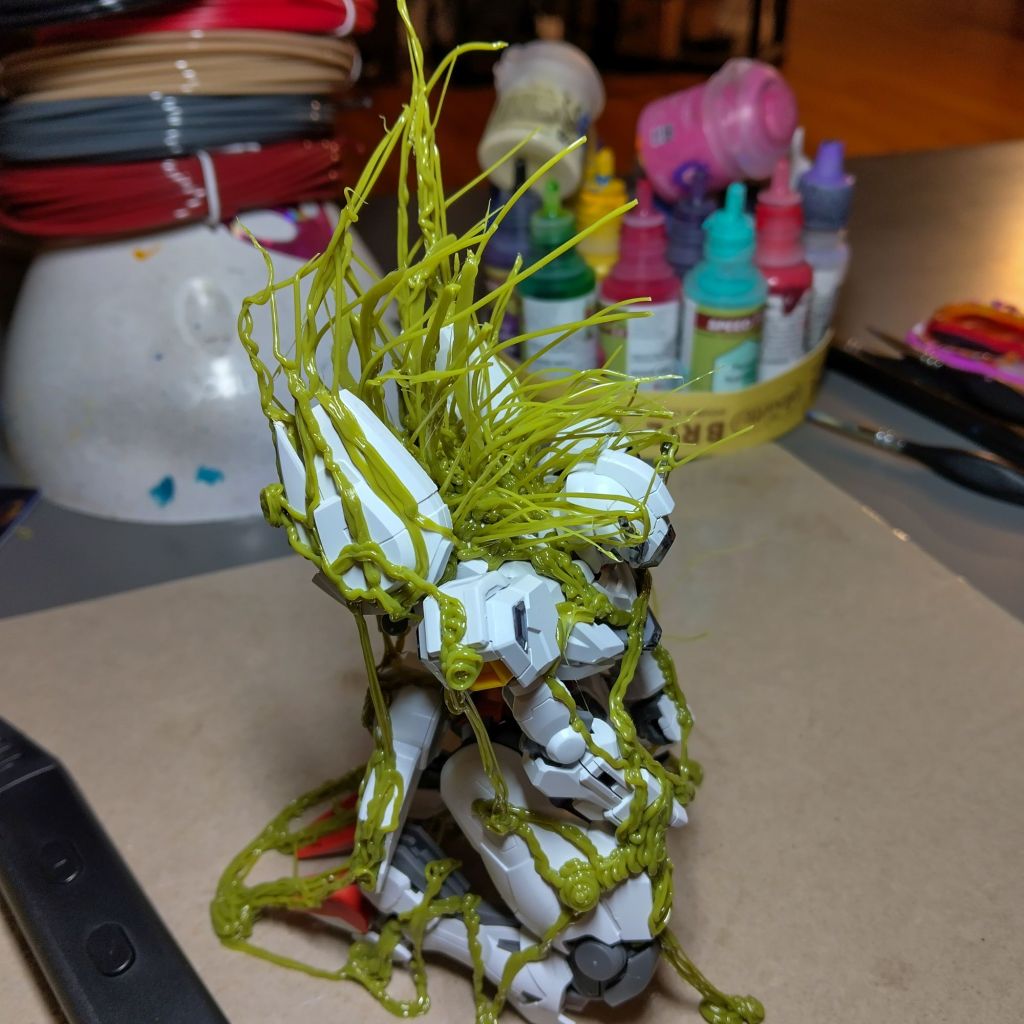
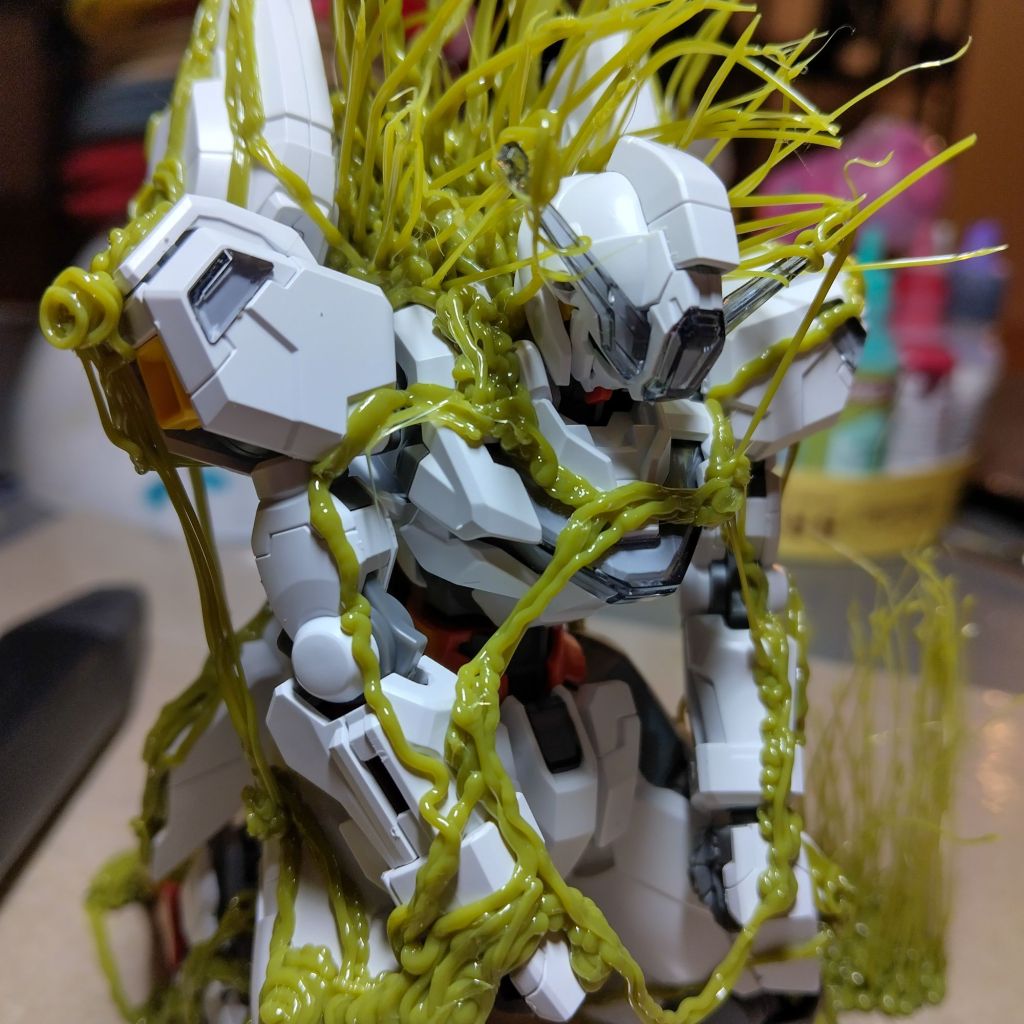
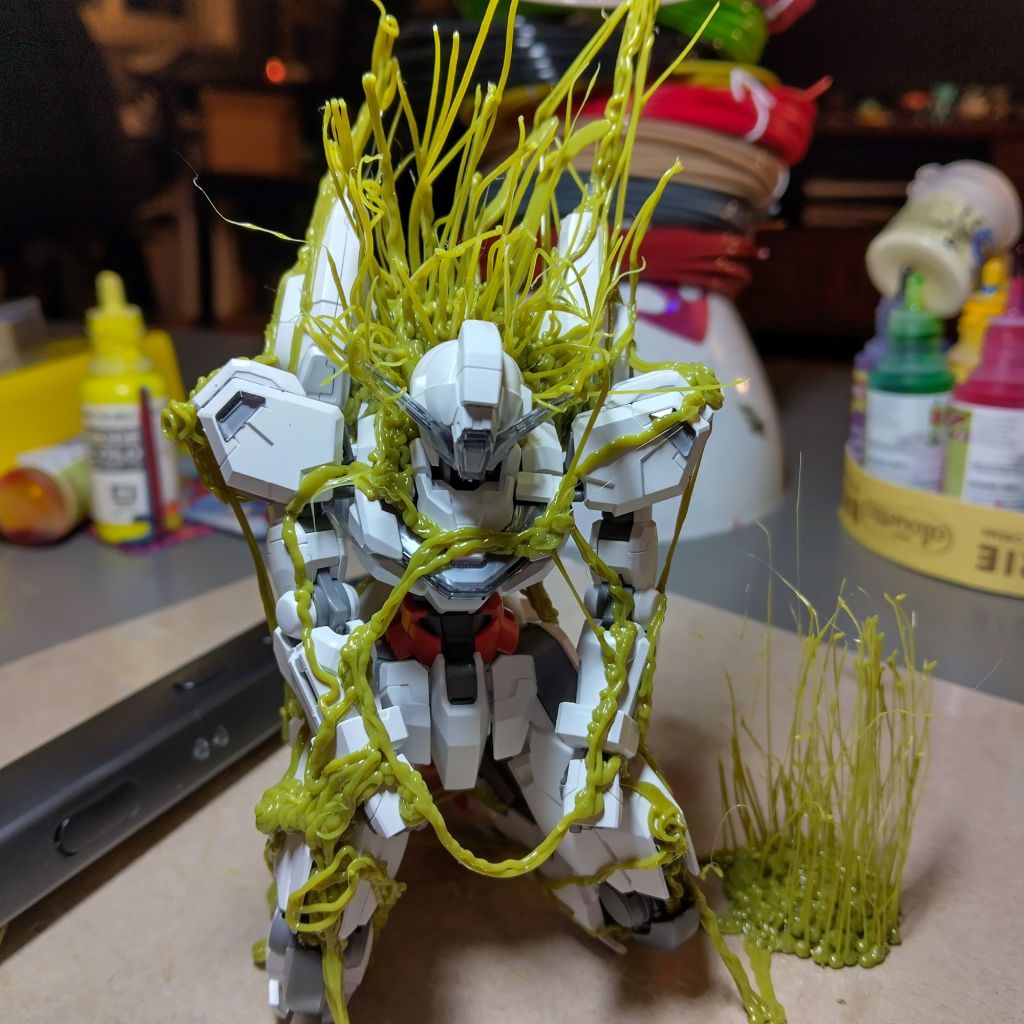

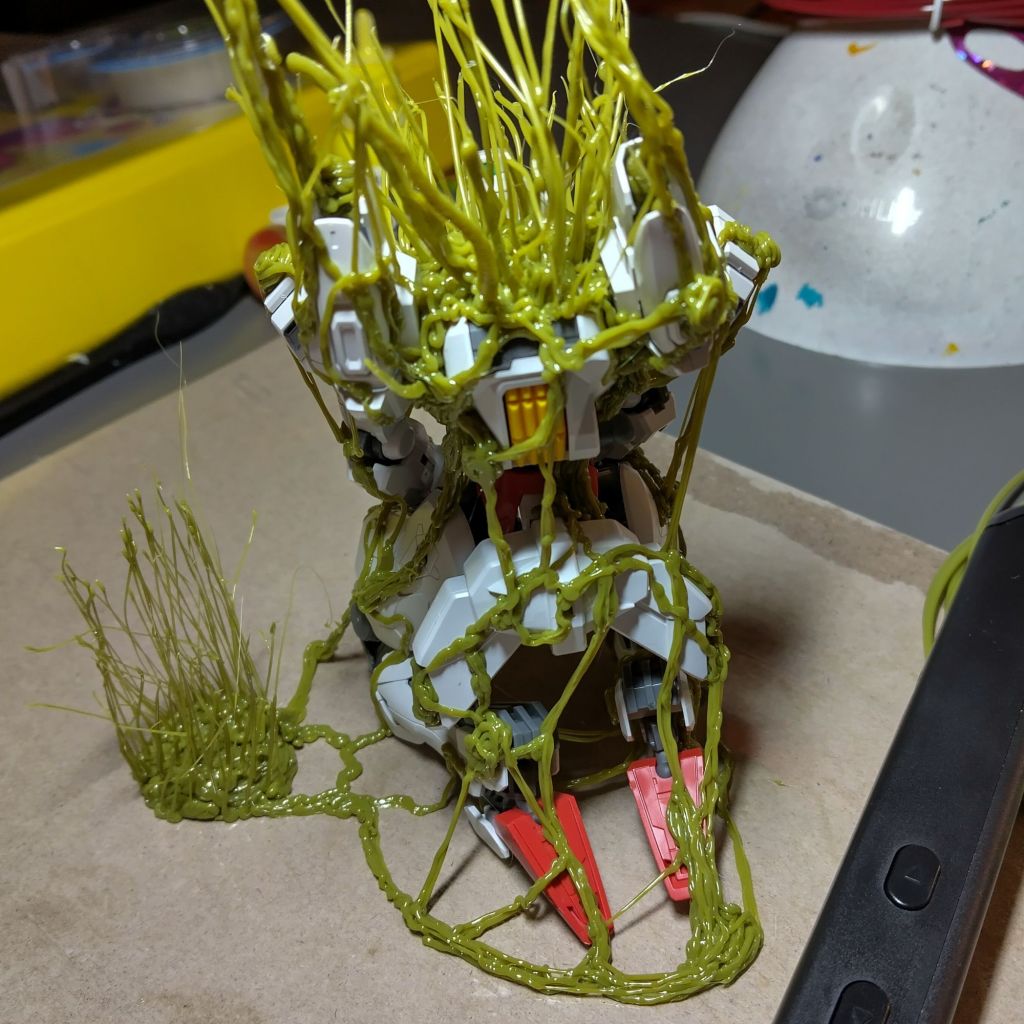
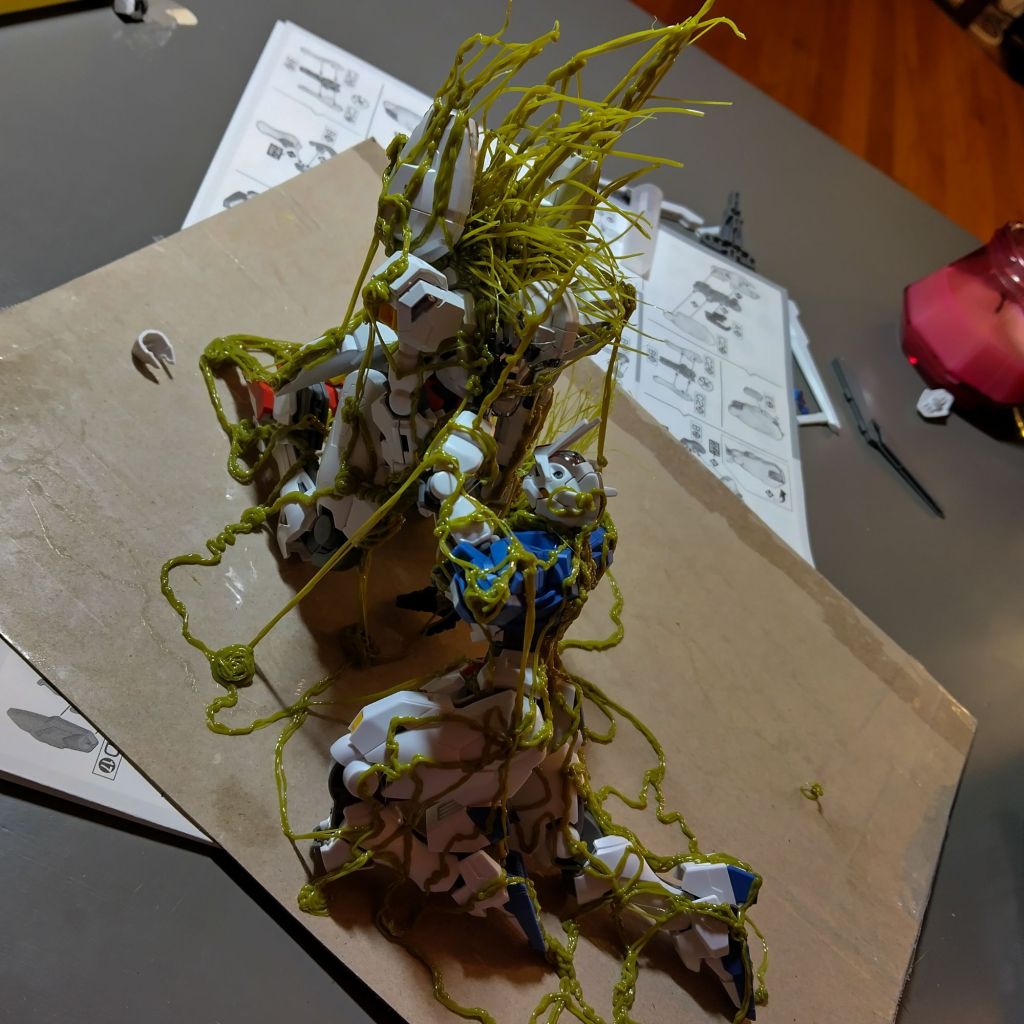
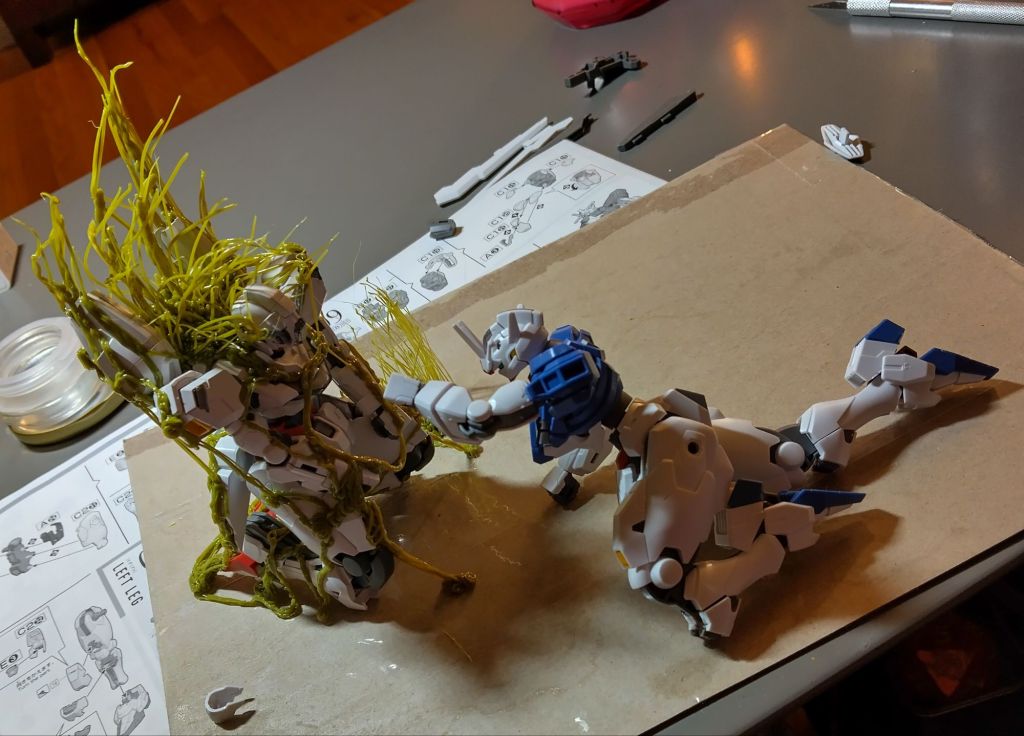

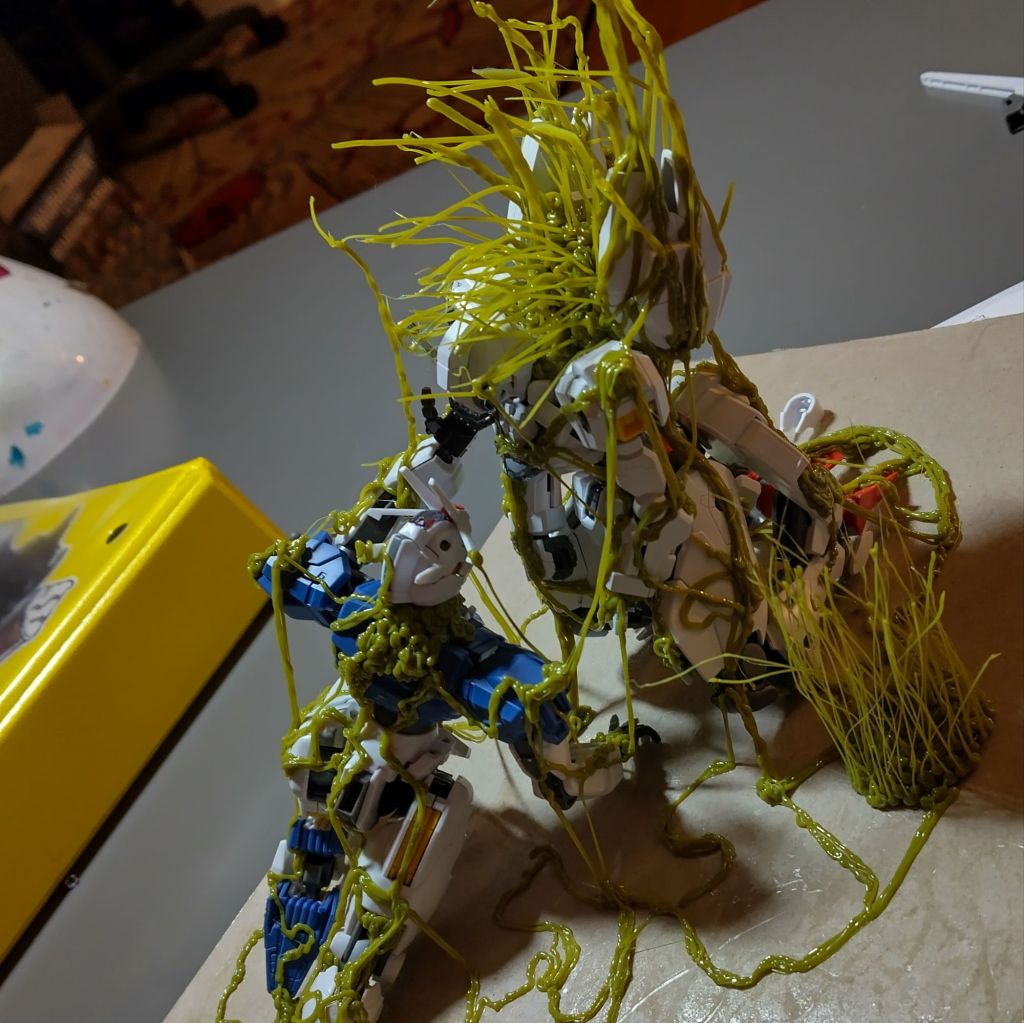
The filament can be fragile if thinly done. I had to repair some vein structures on the build above. I gooped most of this up, which helped to strengthen it. The thin sprouting lines were the hardest parts to make. I had to hold the filament straight while it cooled to avoid curling/sticking. It did cause a few small burns on my fingers. Granted, that was on my own clumsy nature. Repetitive practice helps to improve how they look.
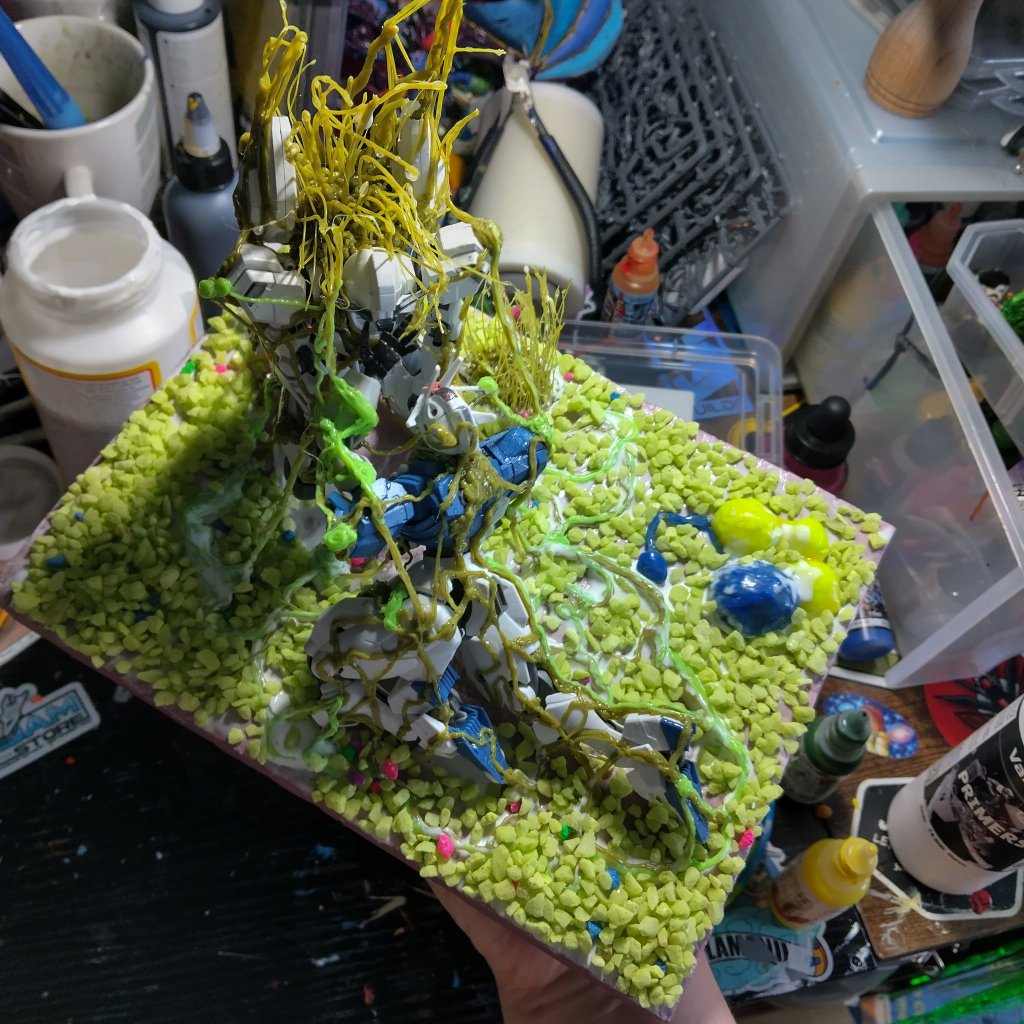
I managed to get my hands on some haros. Thanks, Galactic Toys!
(Does anyone know if they are being produced anymore? They’re hard to find.)
With these haros, I wanted to strictly play around with the textures I could achieve. Just throw some filament on polystyrene and see what would happen. I tried four textures in the past week. Each haro utilizes different filament colors from a filament bundle on Amazon.
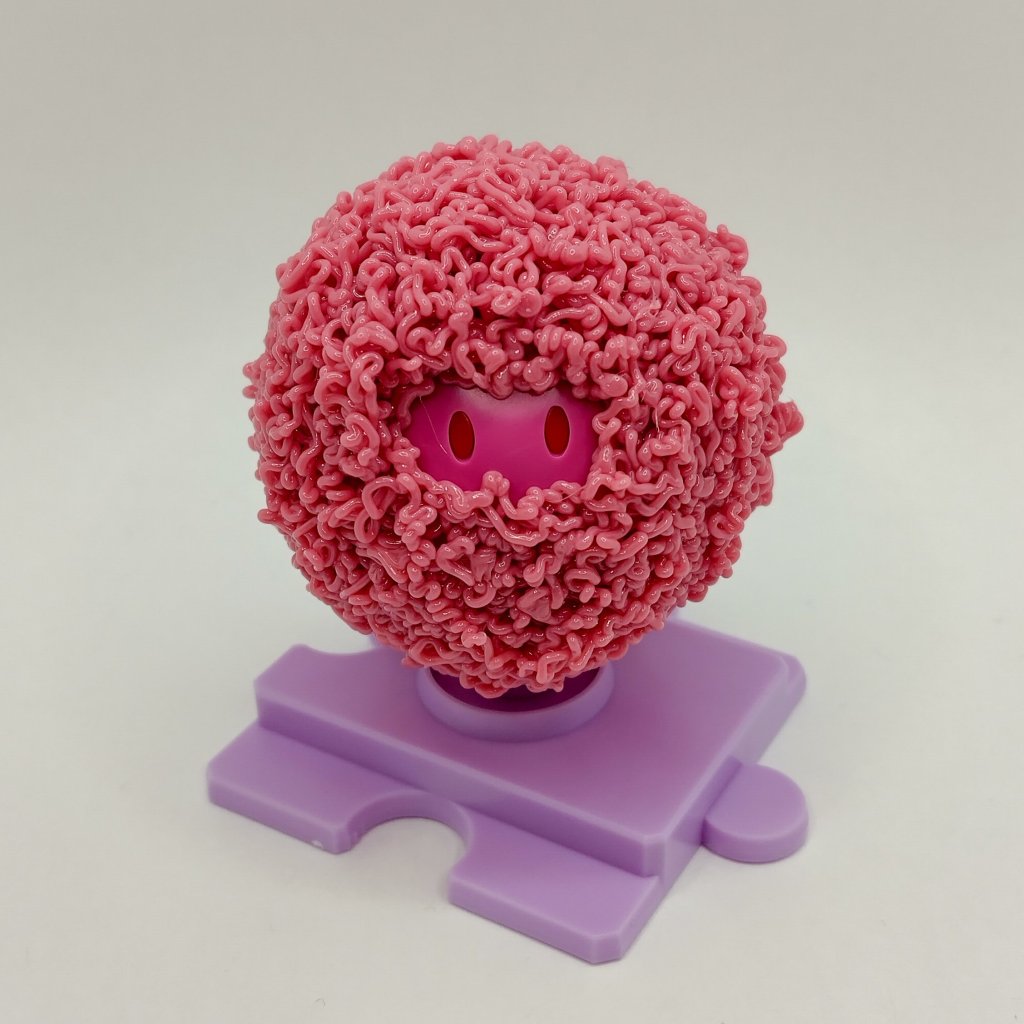

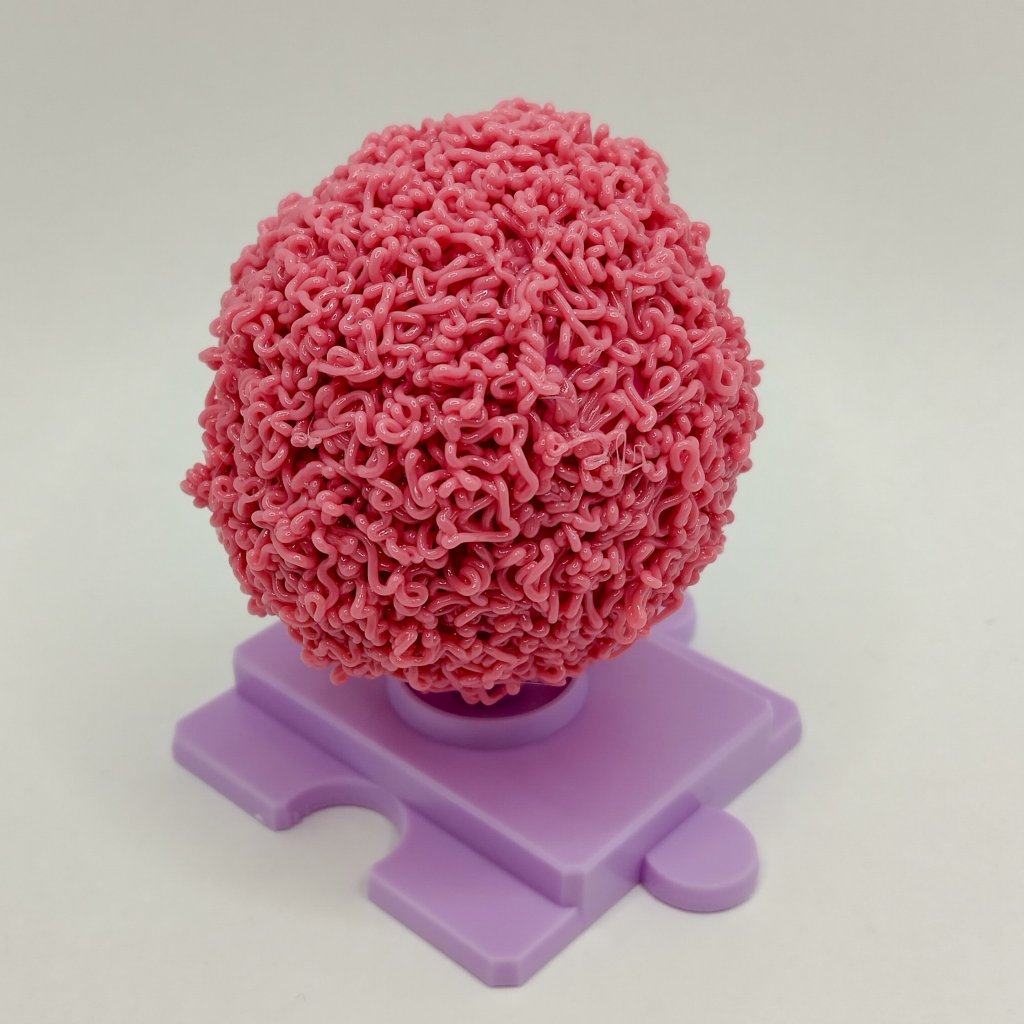
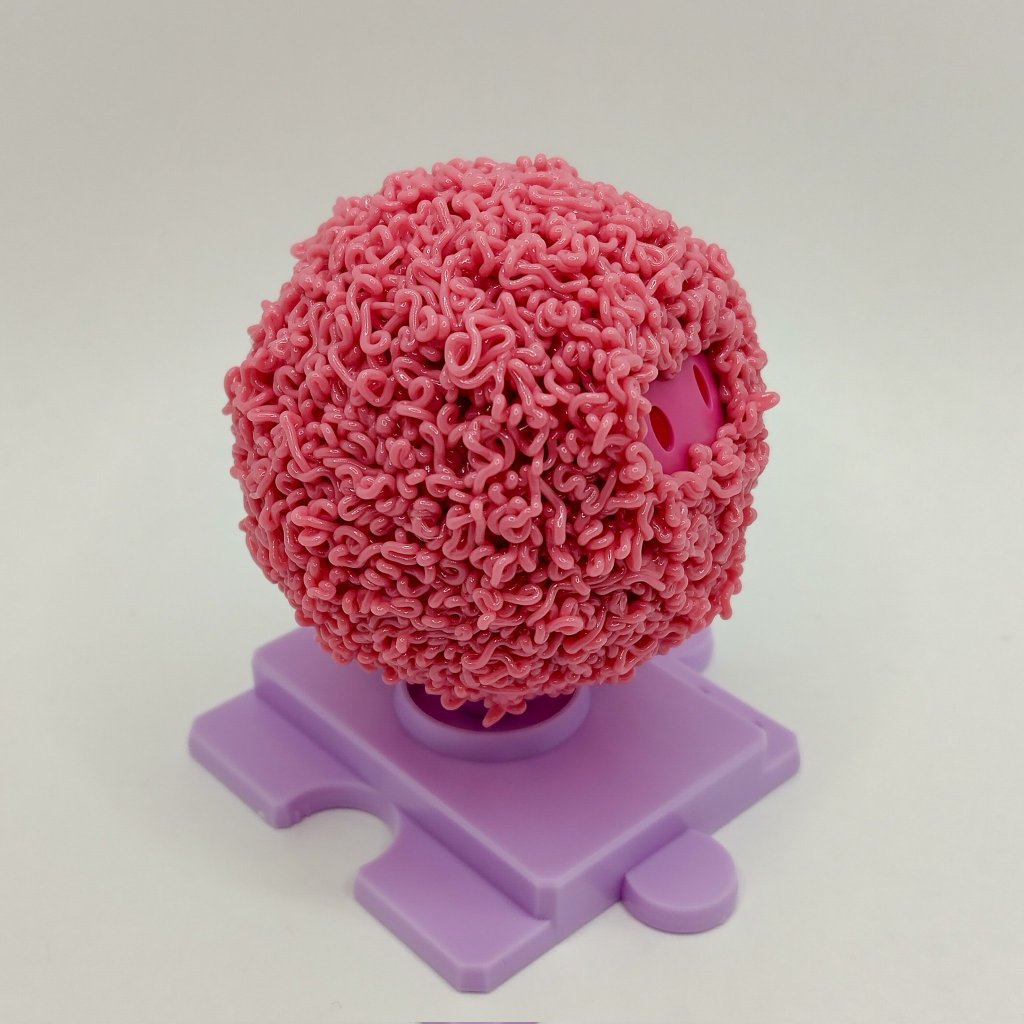
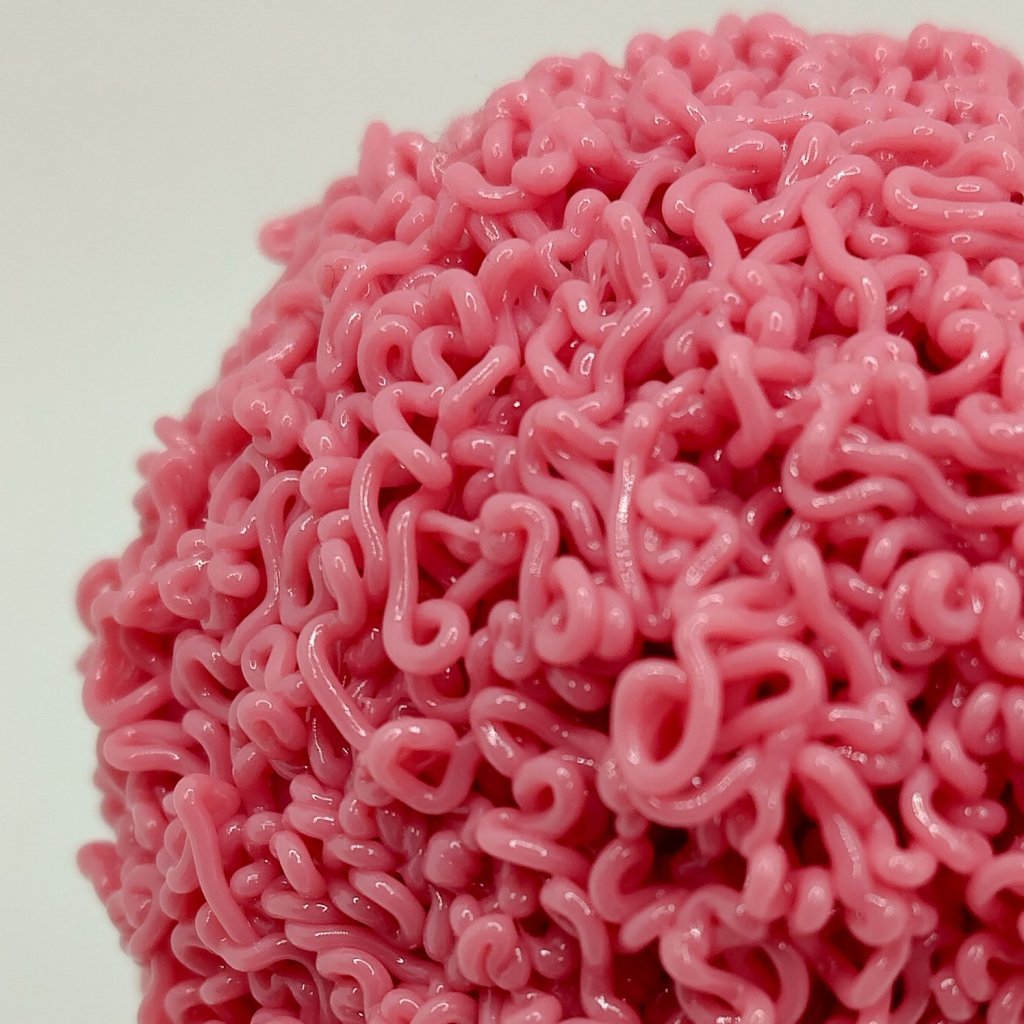
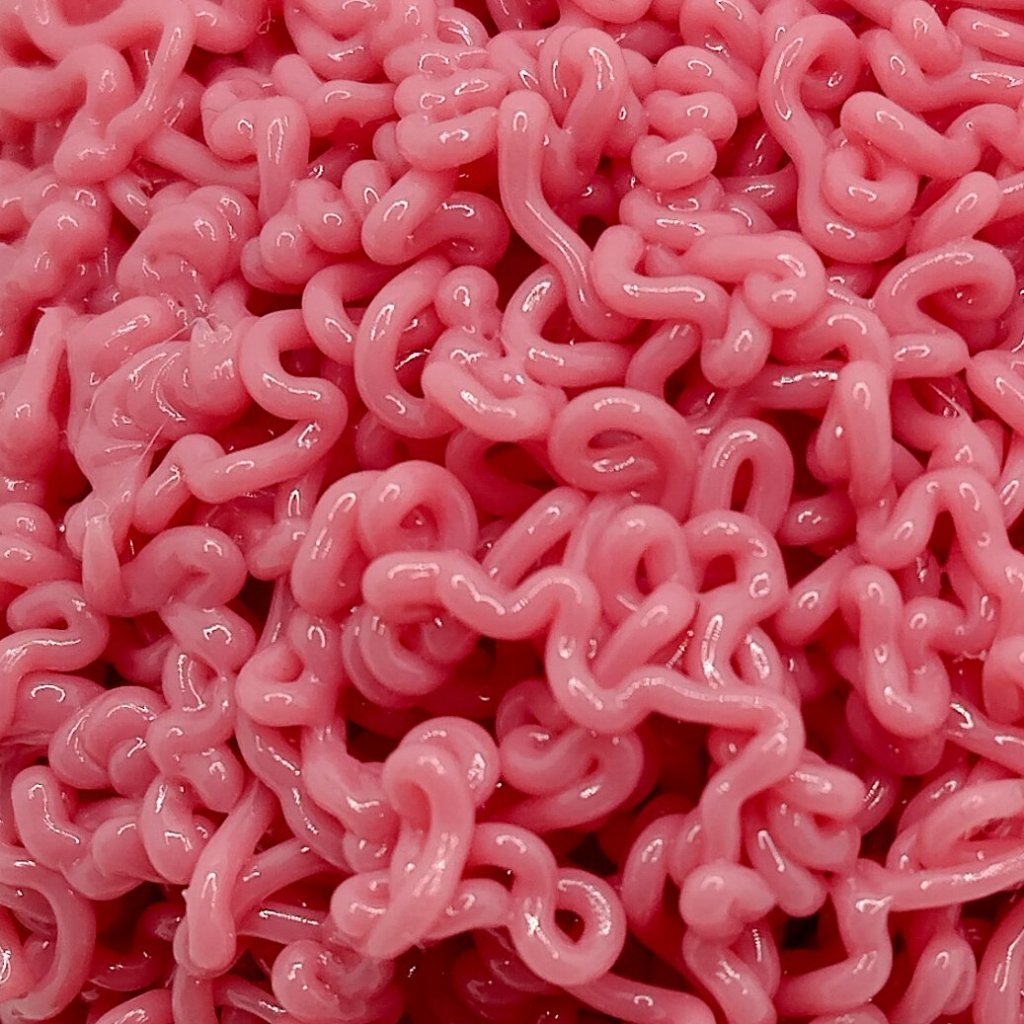


Unfortunately, each haro had different control speeds during the creation. I do suggest keeping it at a medium flow speed. The filament flows better.
If you’re concerned about the fine strings that can be produced, you can pluck them off. If done carefully, you can take an exacto knife or a heat gun to remove them.

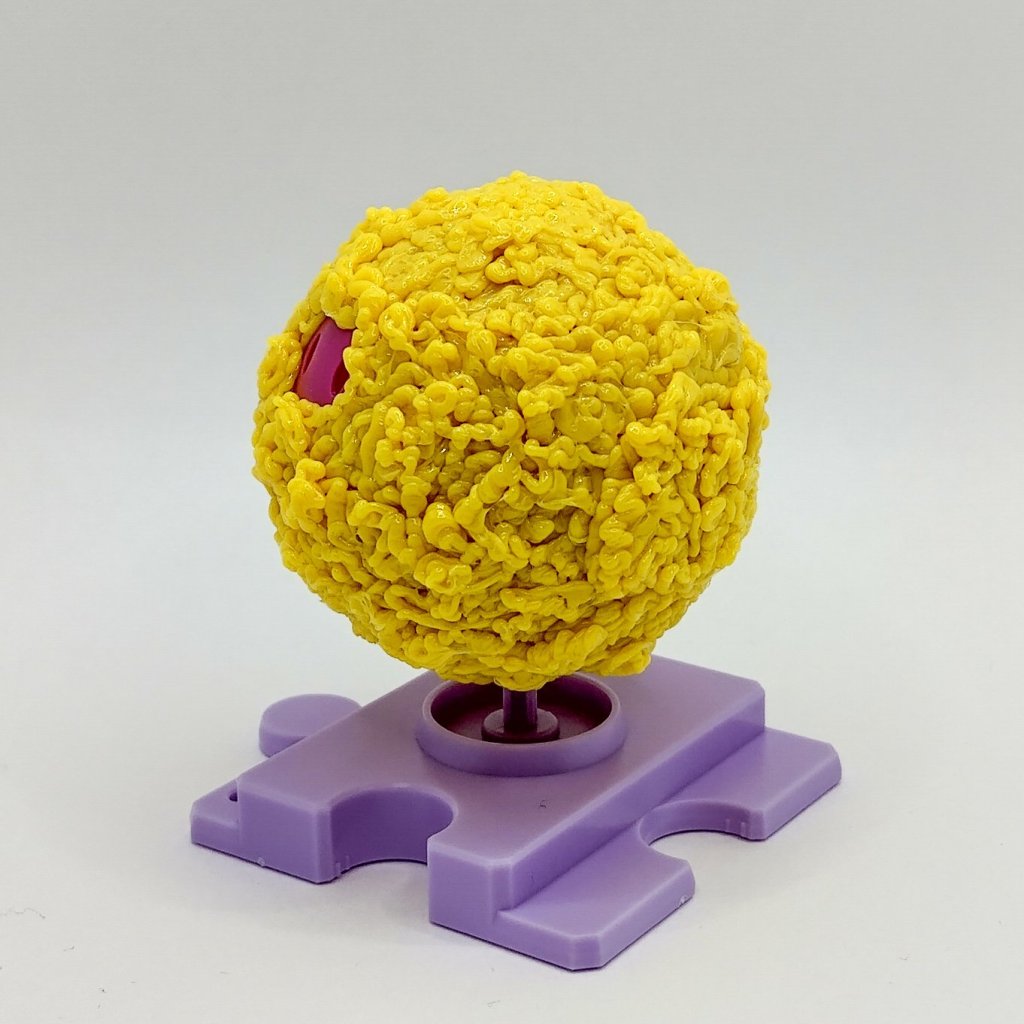
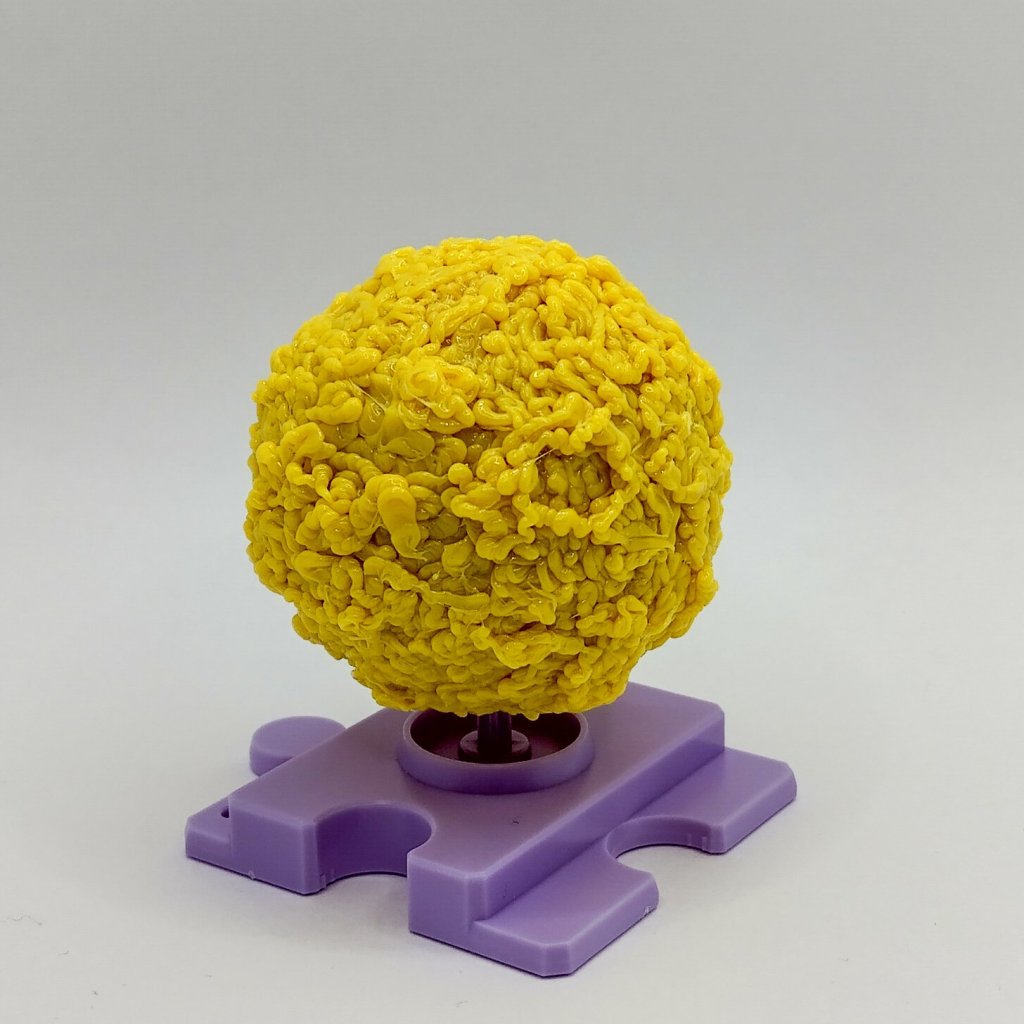
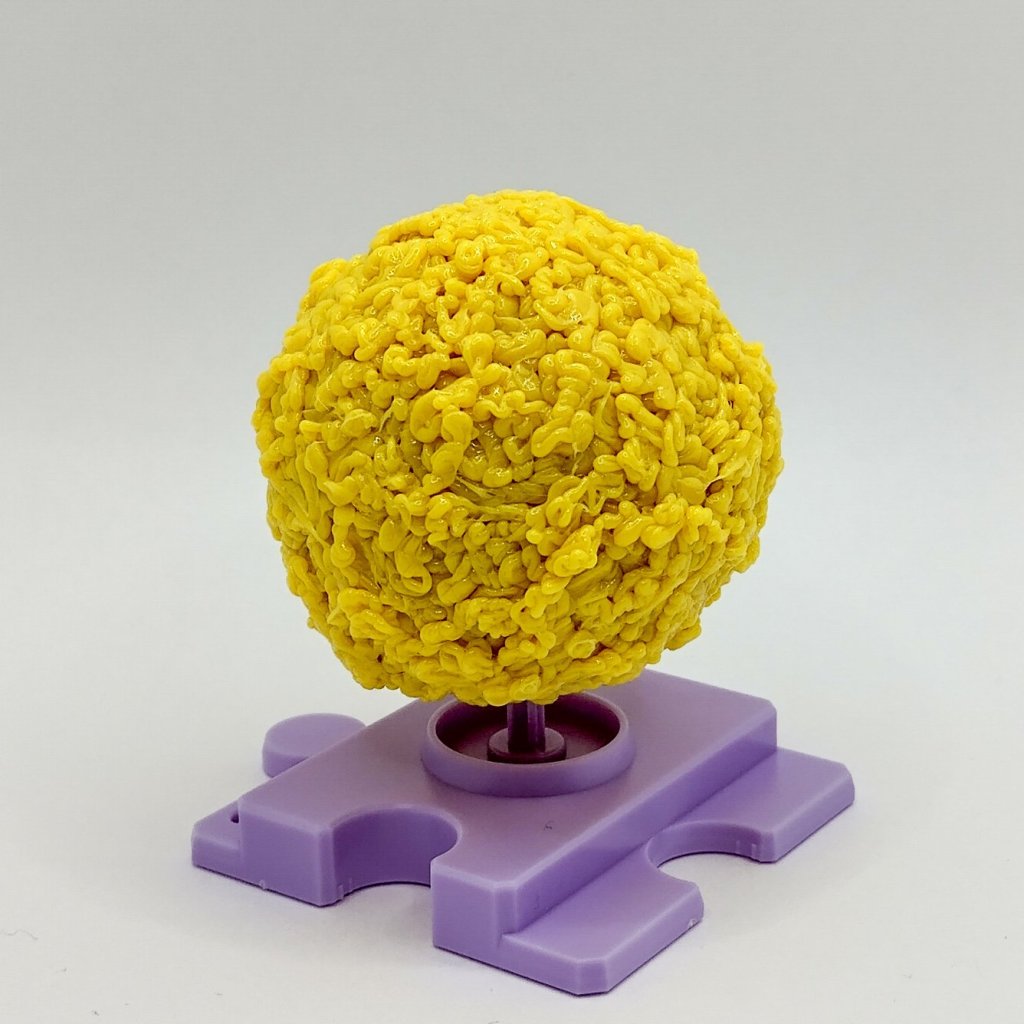
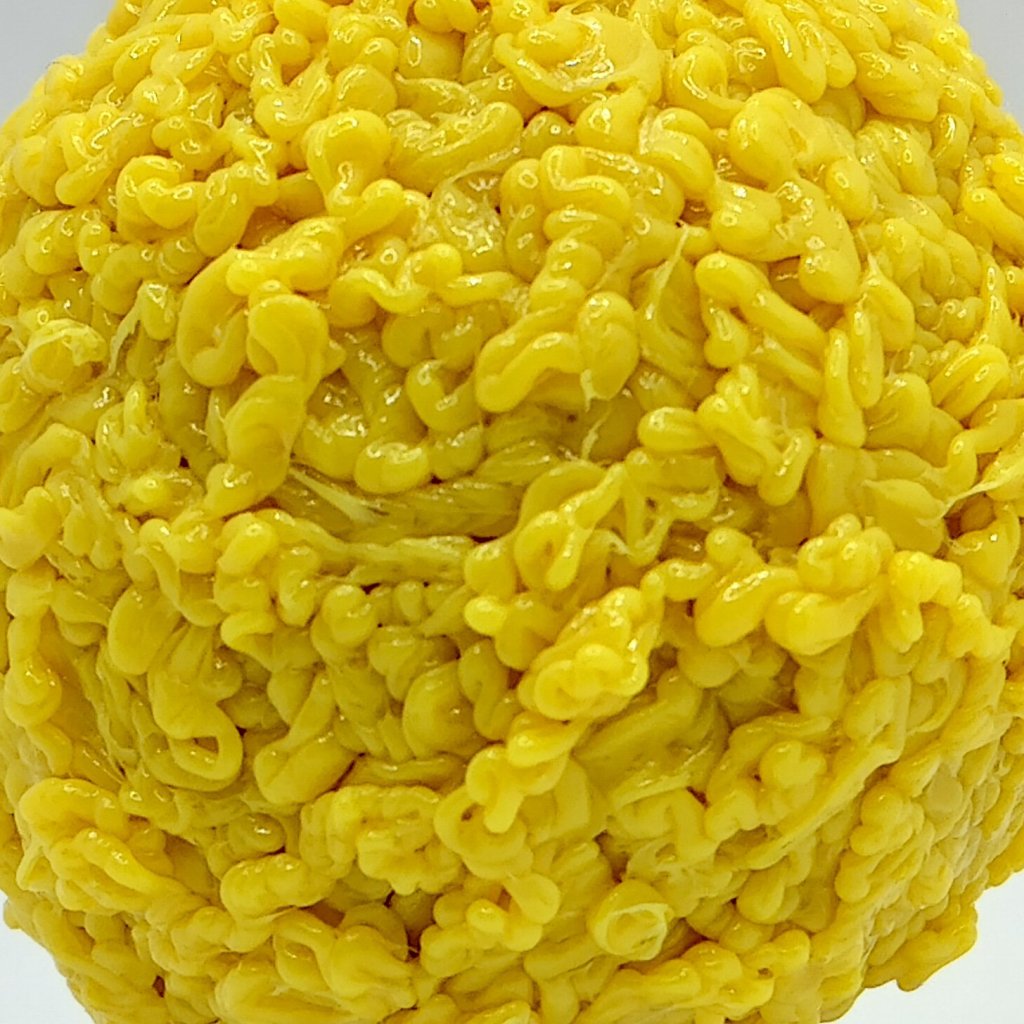
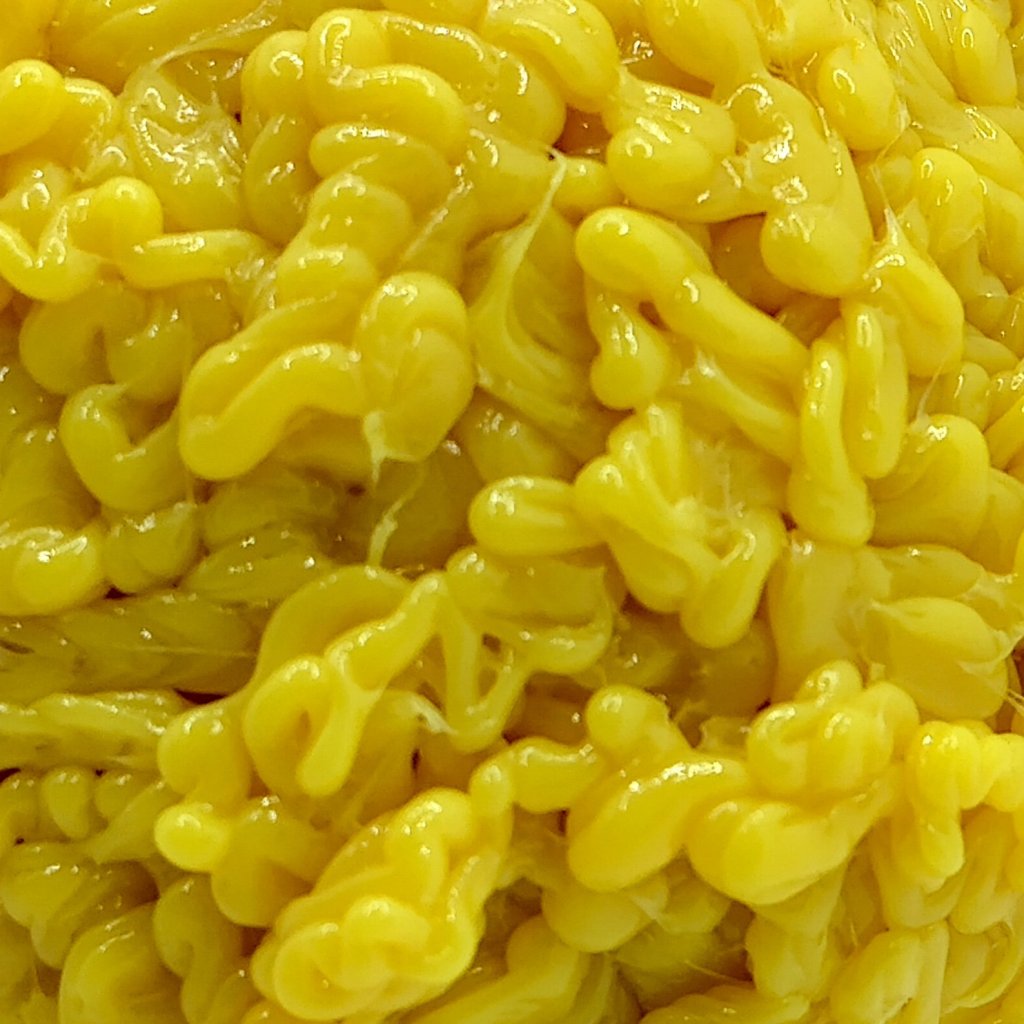
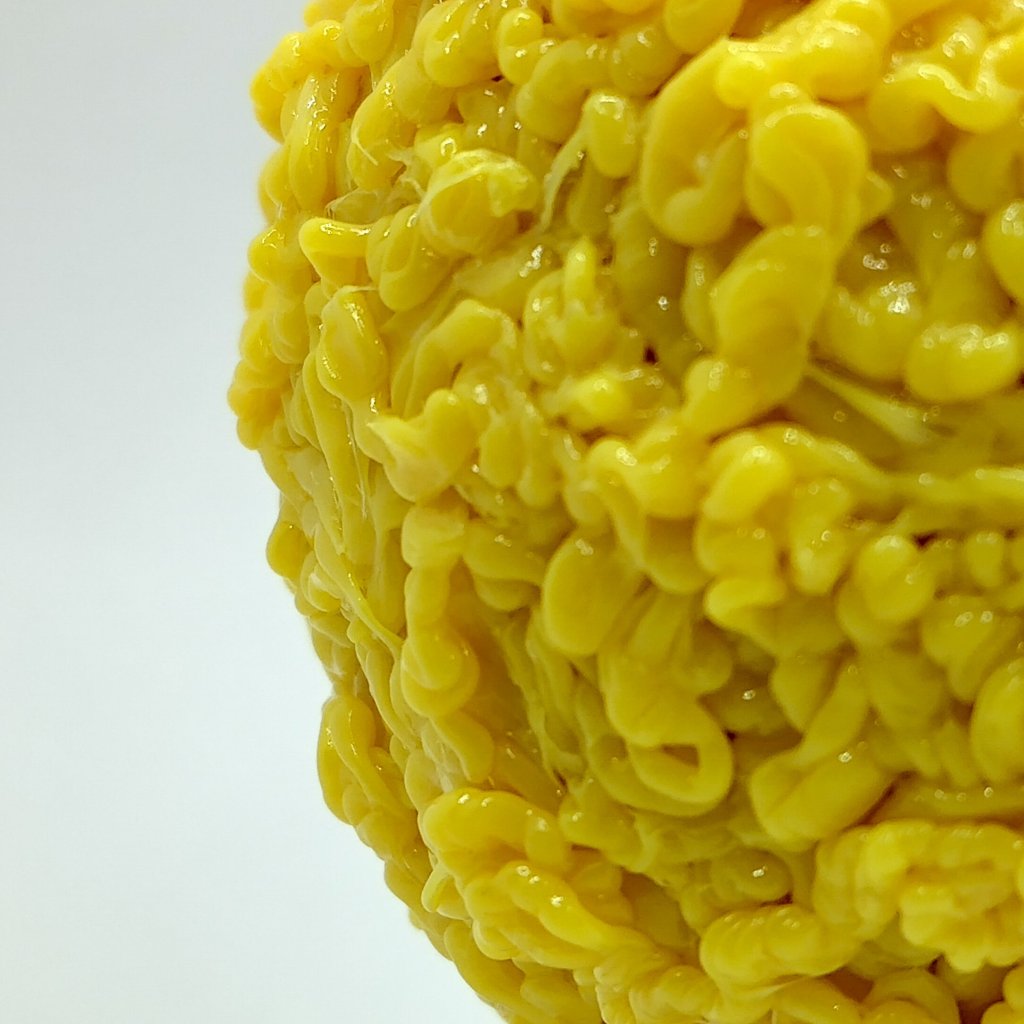
Many things can be accomplished with a 3D pen on gunpla. If you’re interested, then check it out! I had a fun time working on these haros.
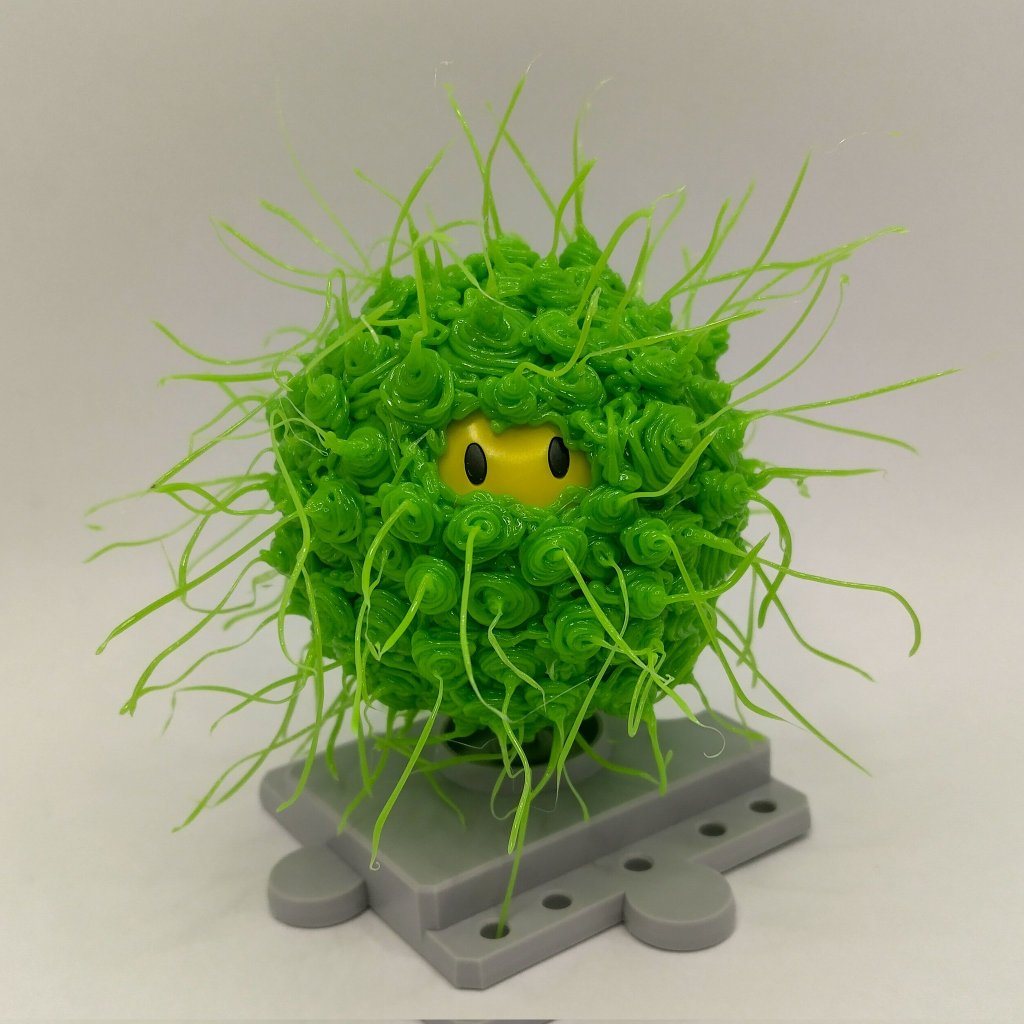
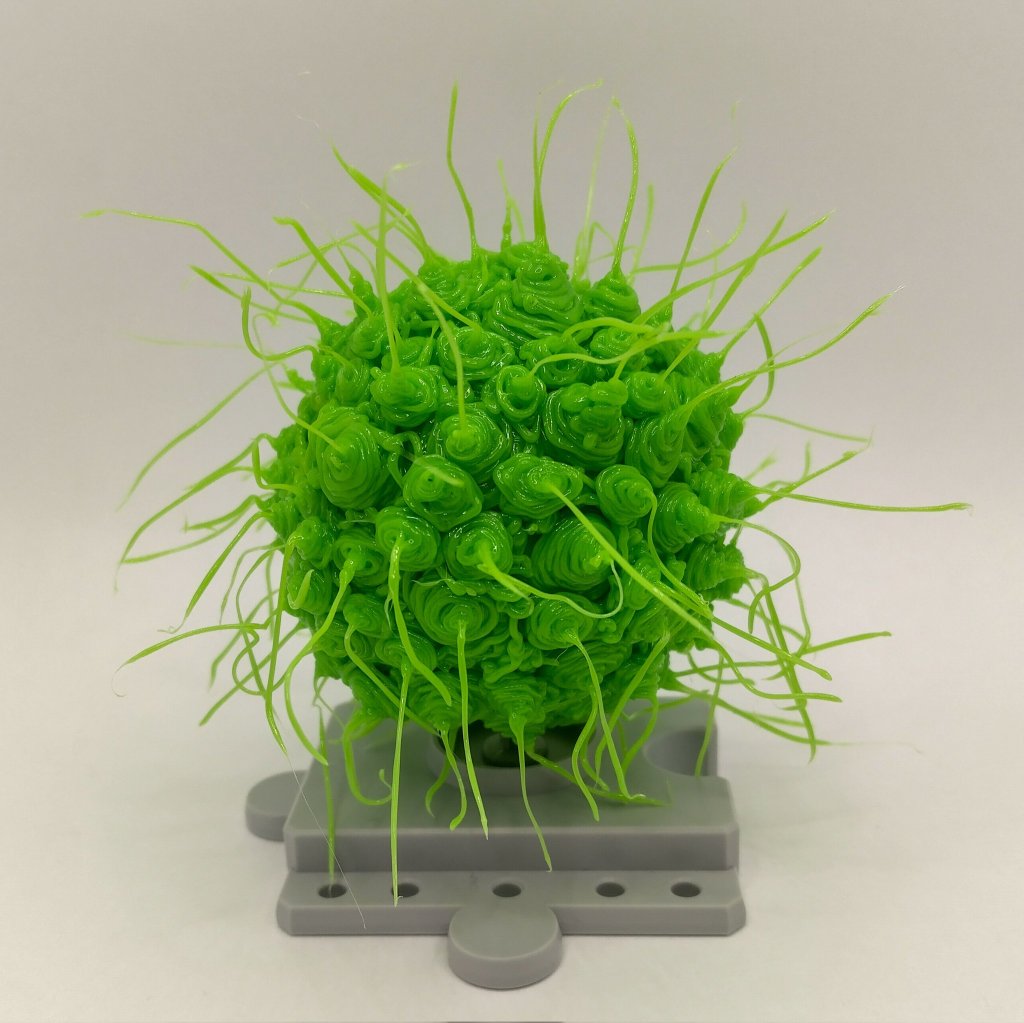

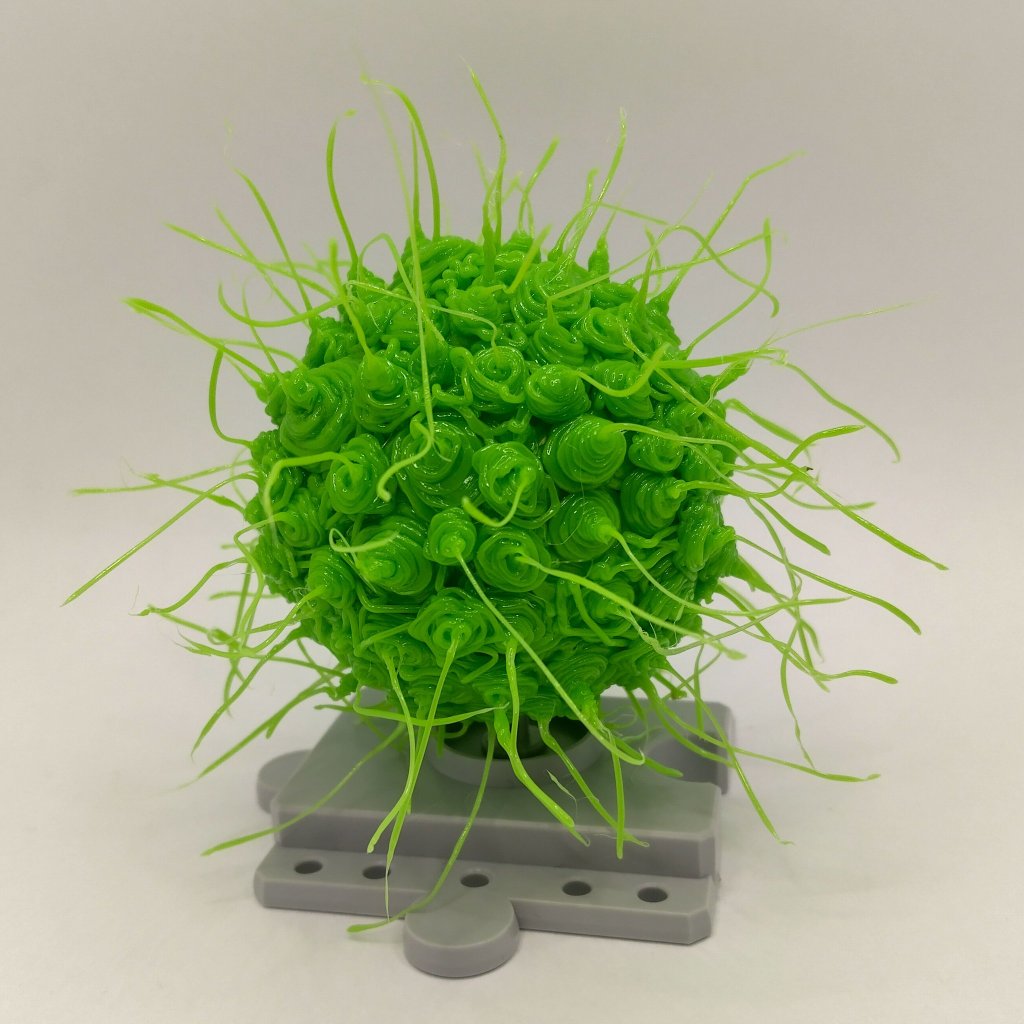
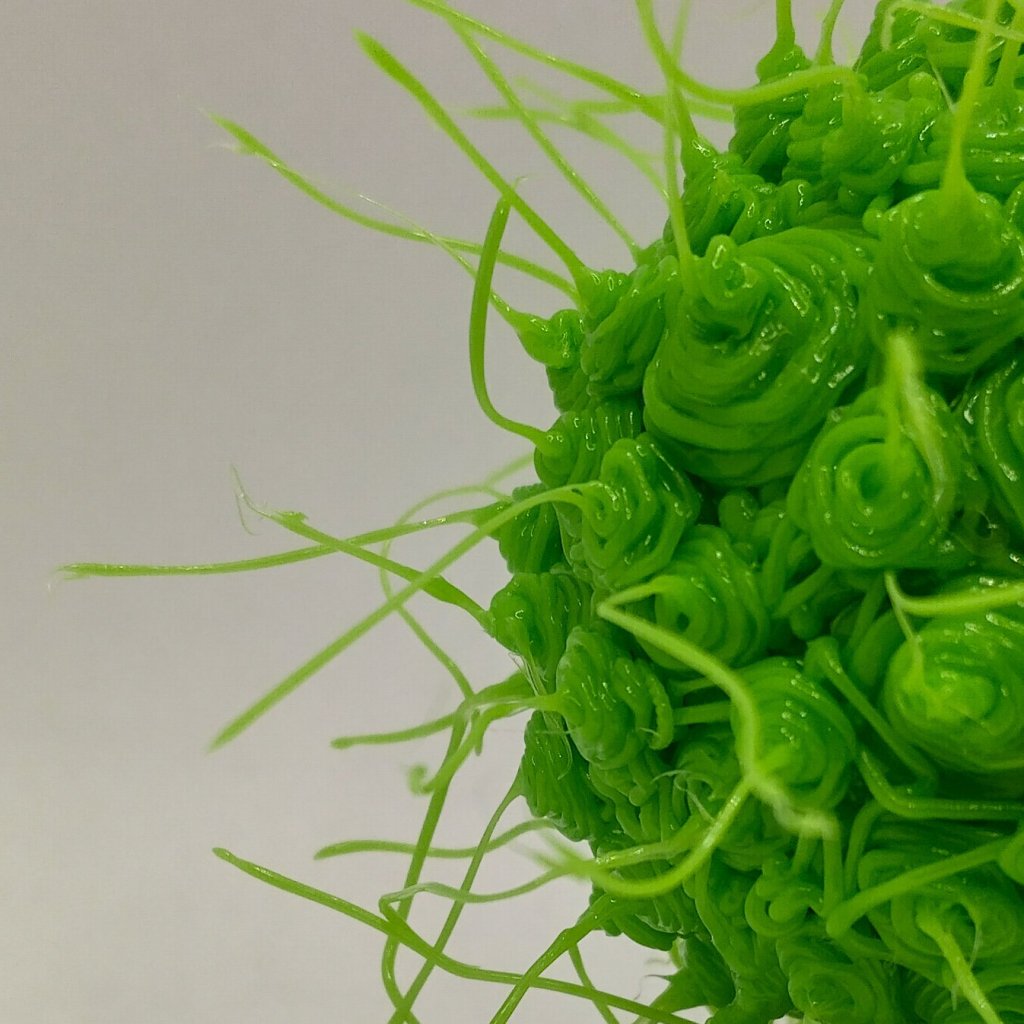



I’m wondering if a color-shifting PLA would work on a haro. That’s something I always wanted to try.

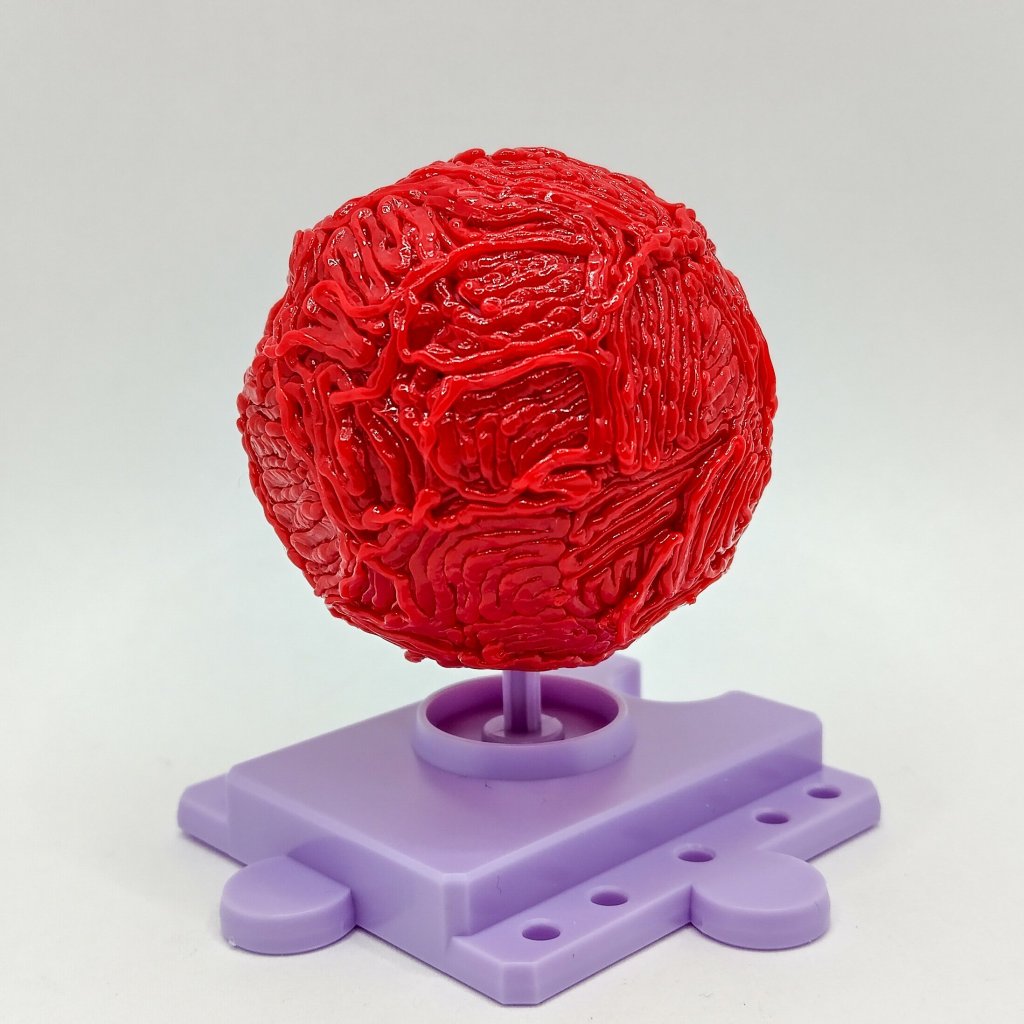

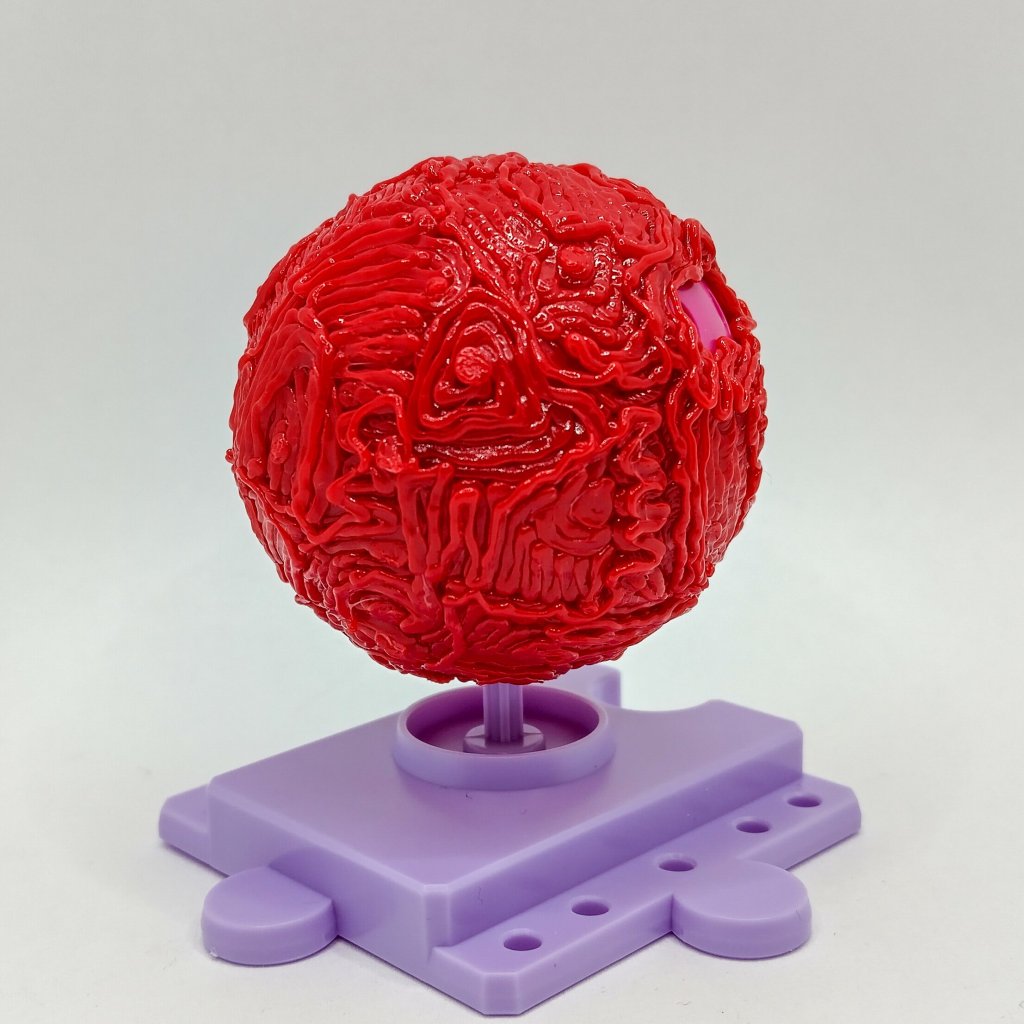
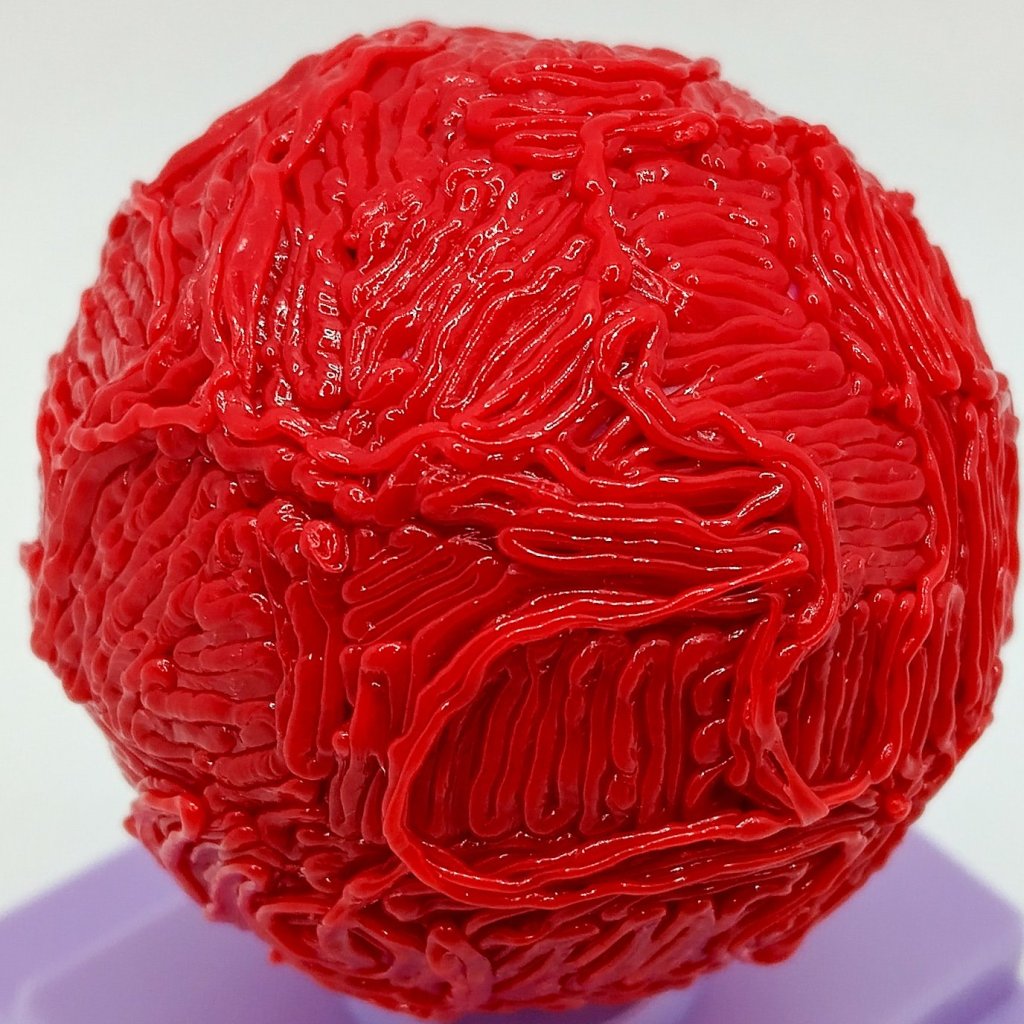

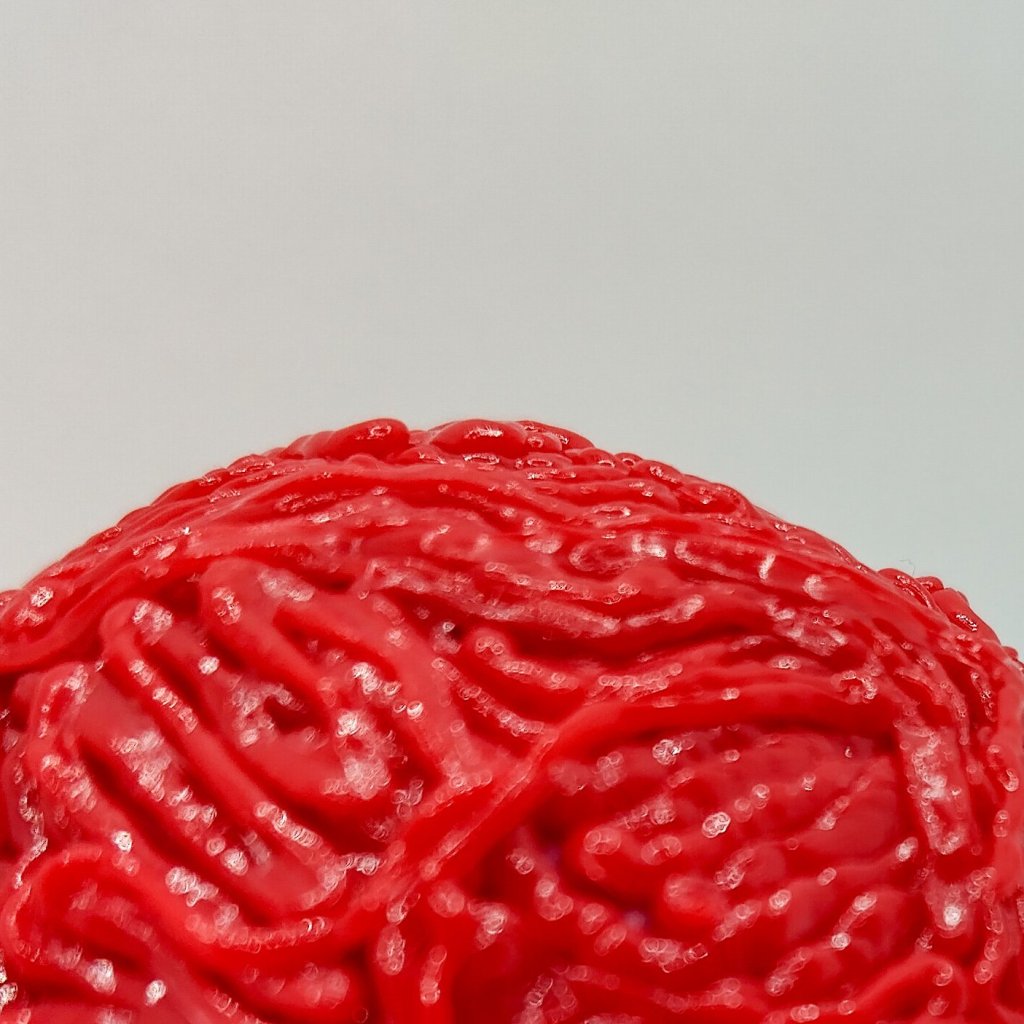
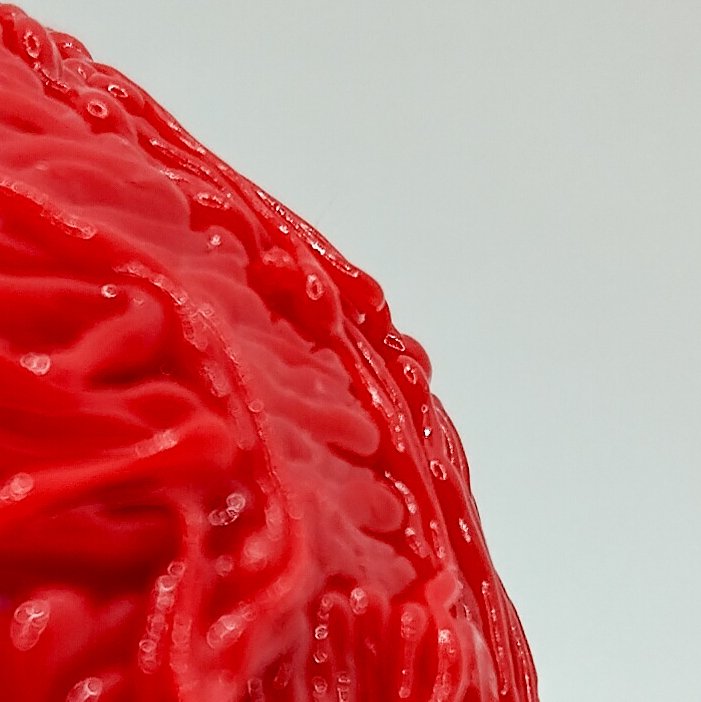
Want to support our blog? Then sign up for email notifications. We also got a snazzy Discord server!
Have a happy Wednesday! — J

